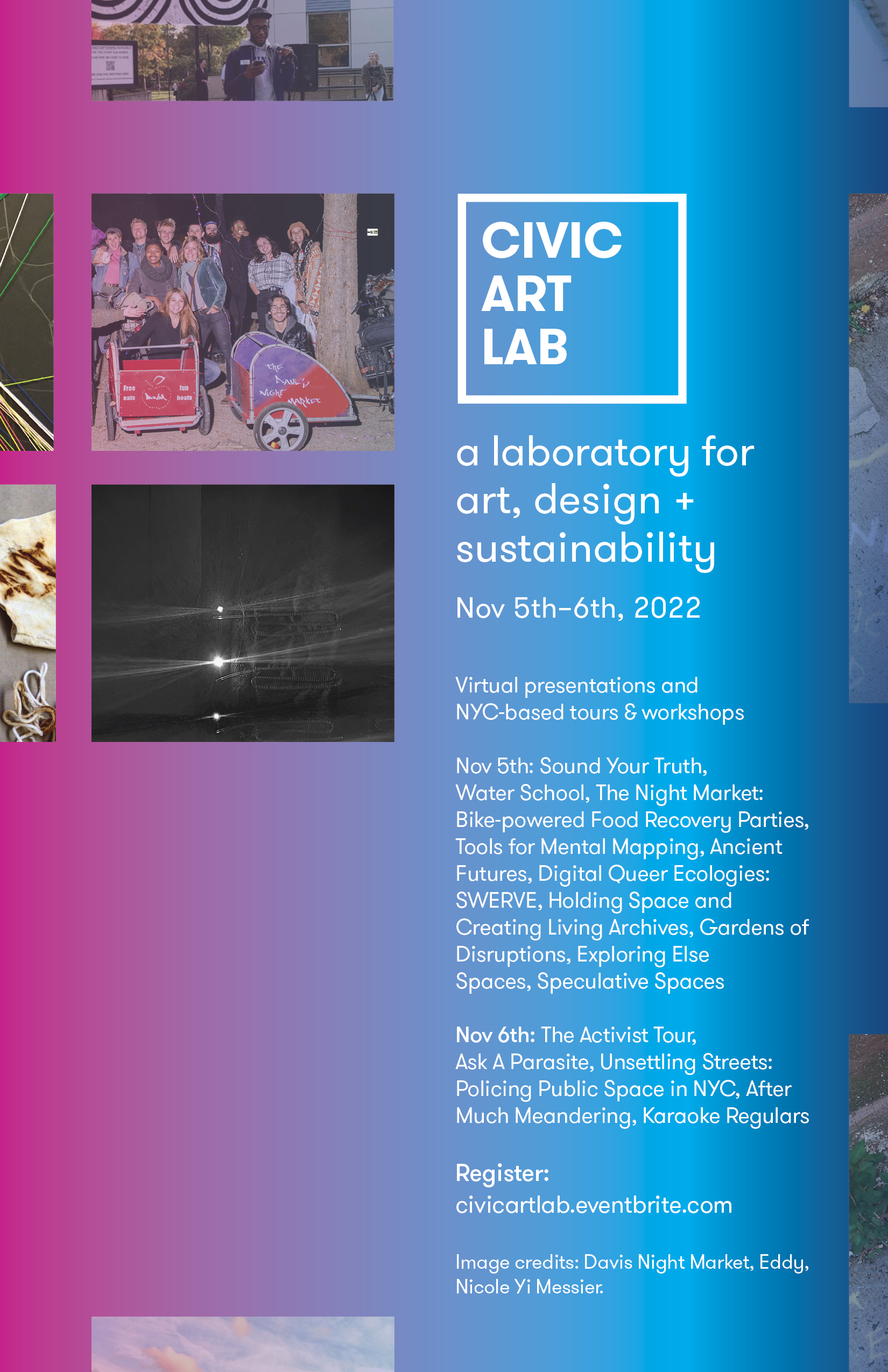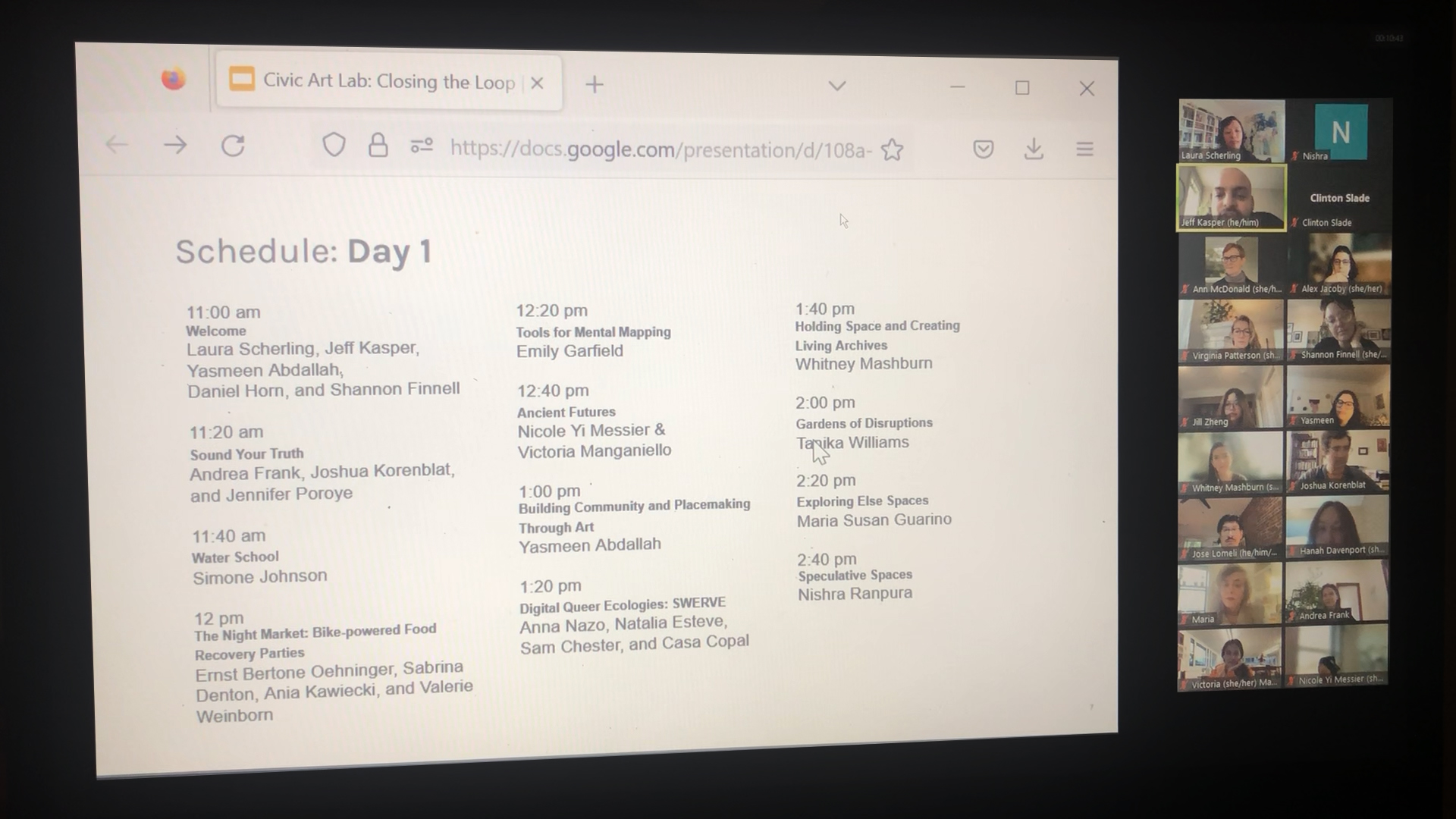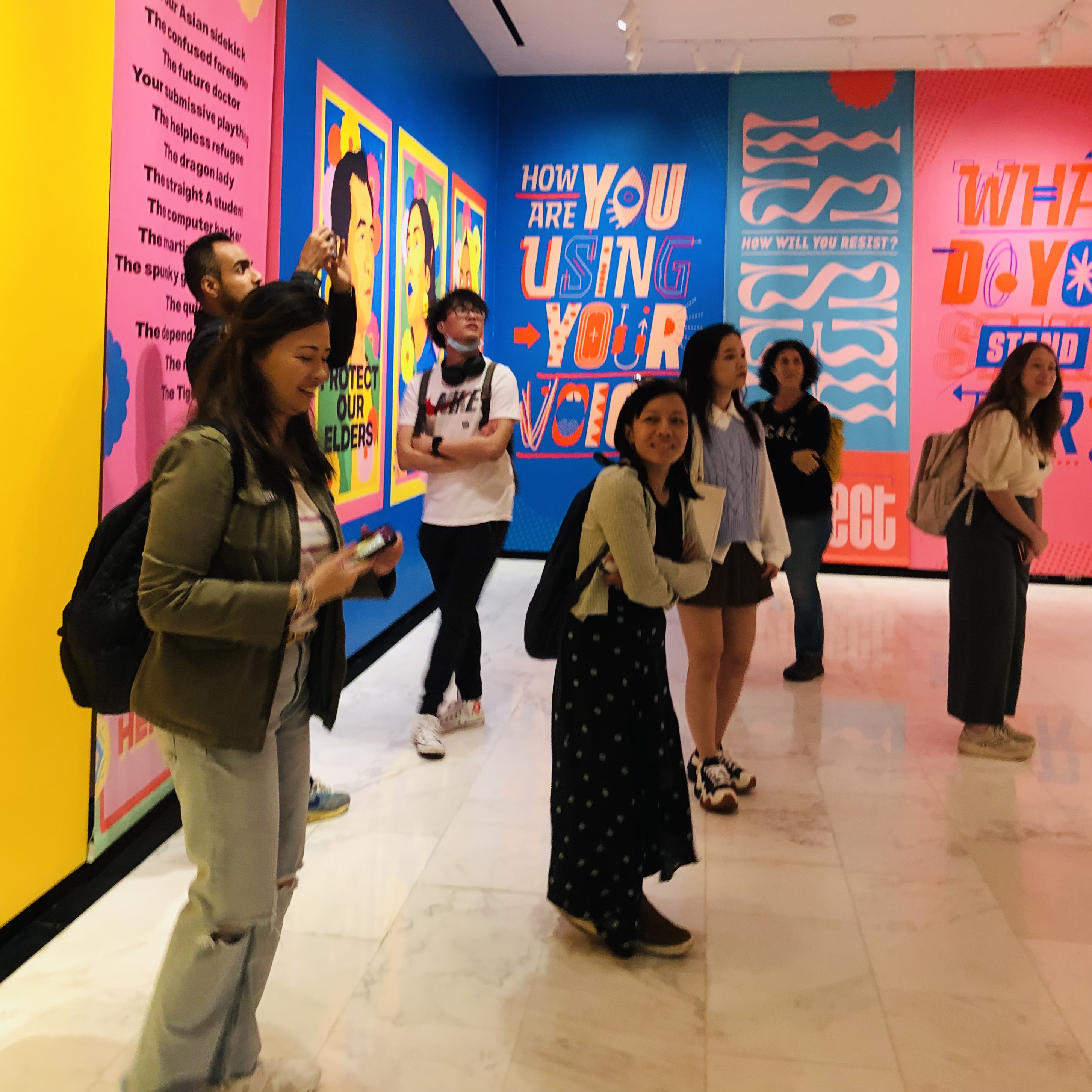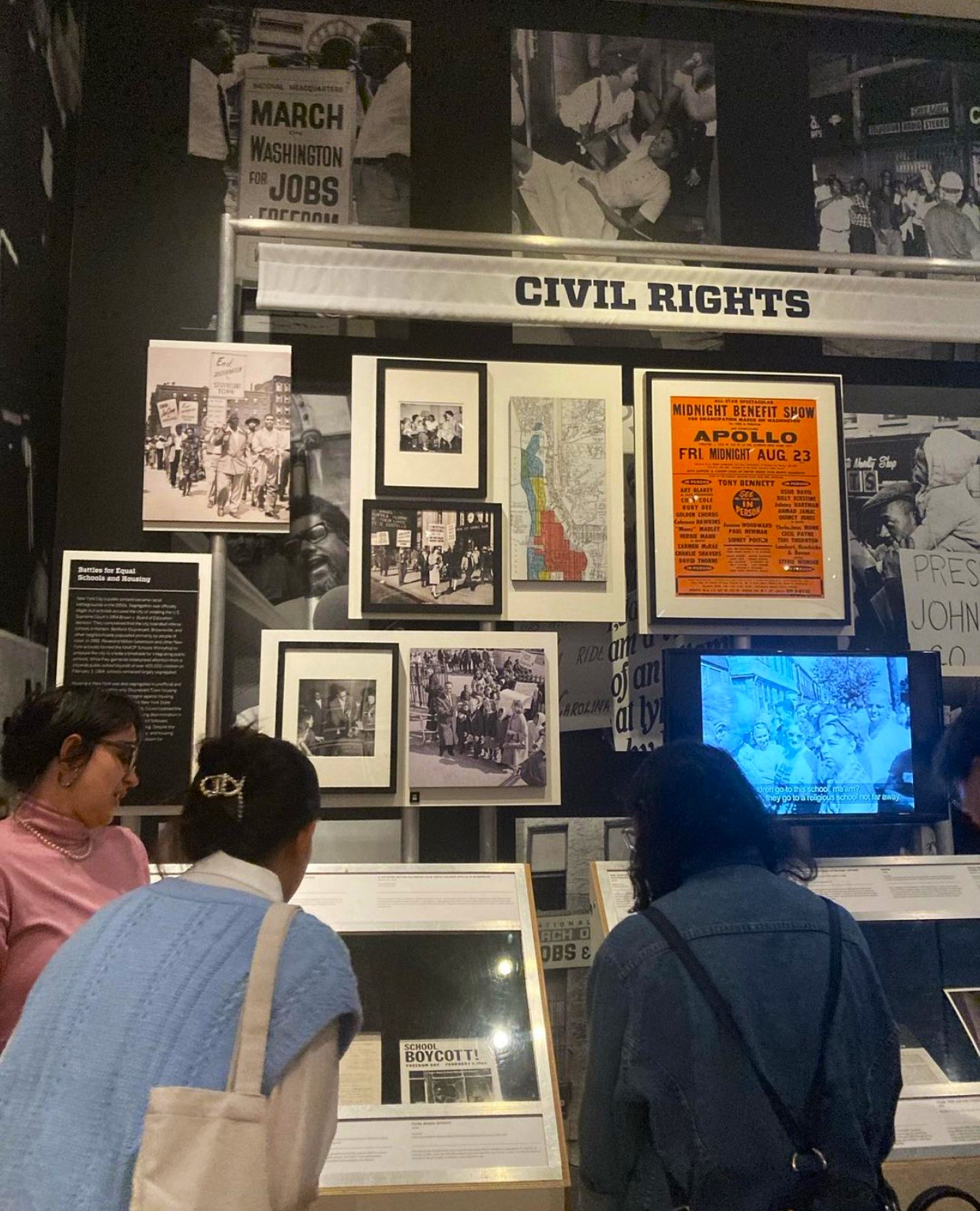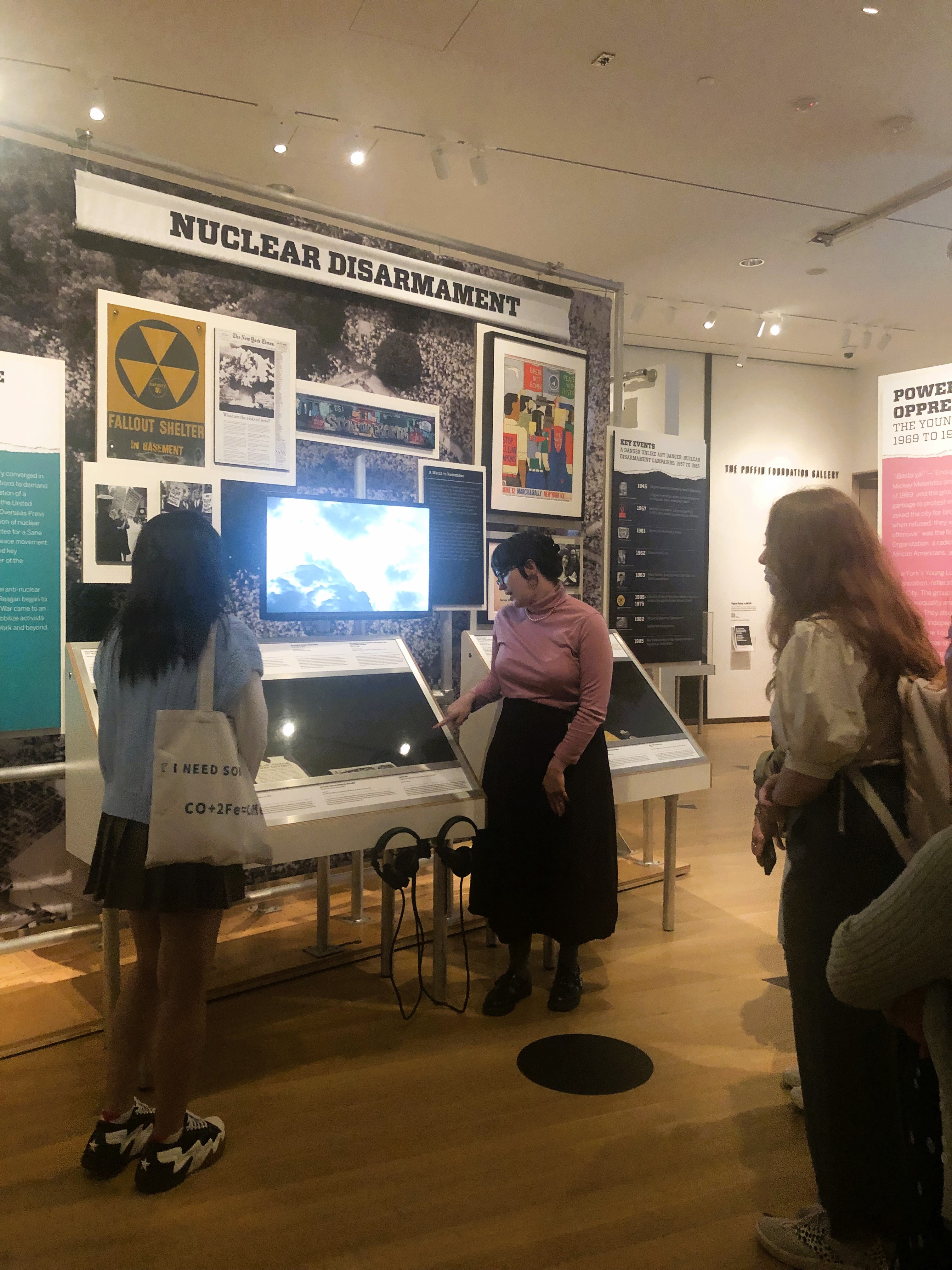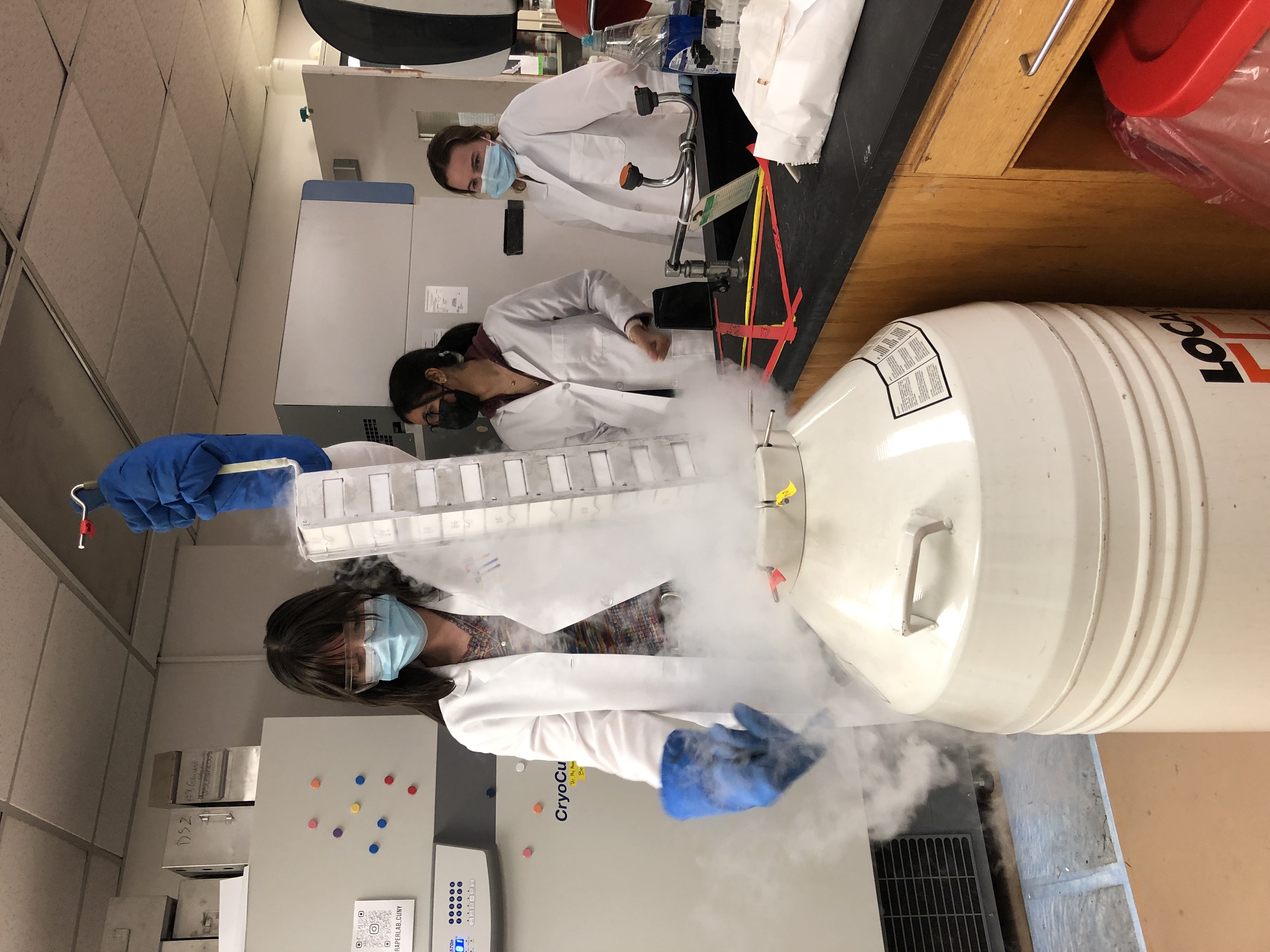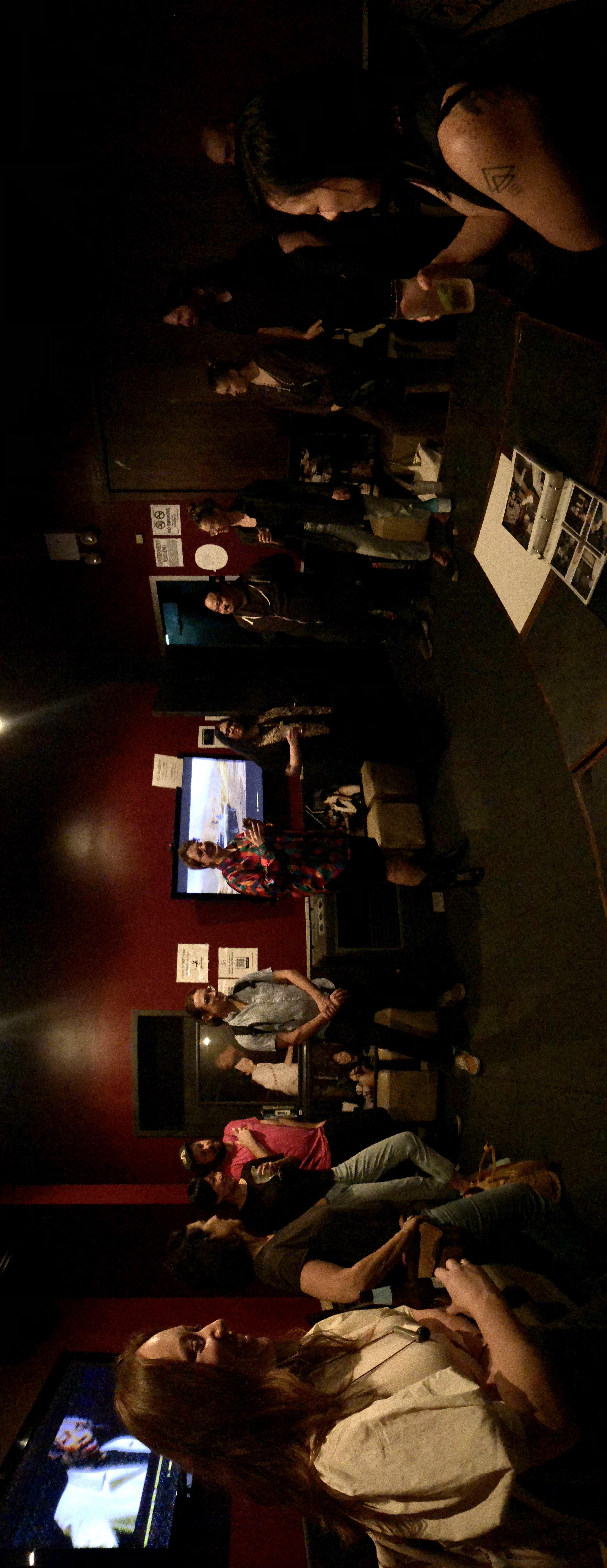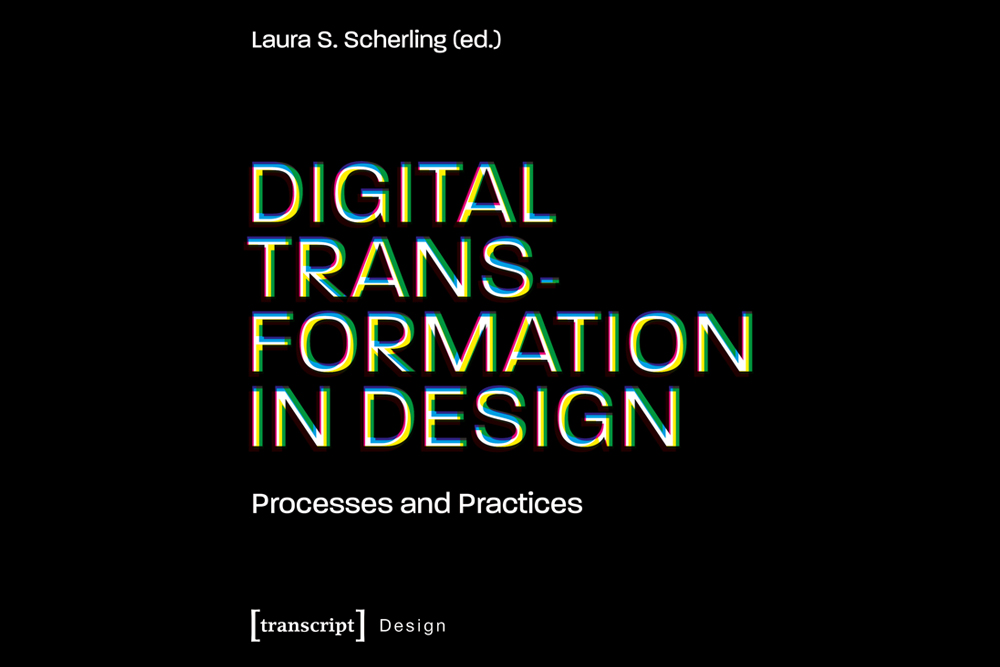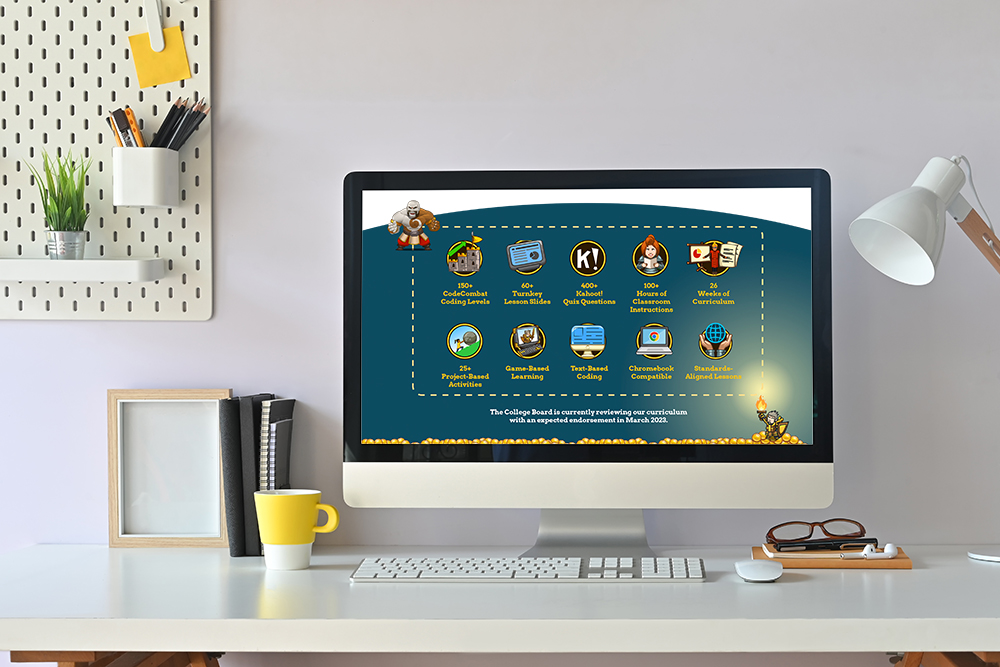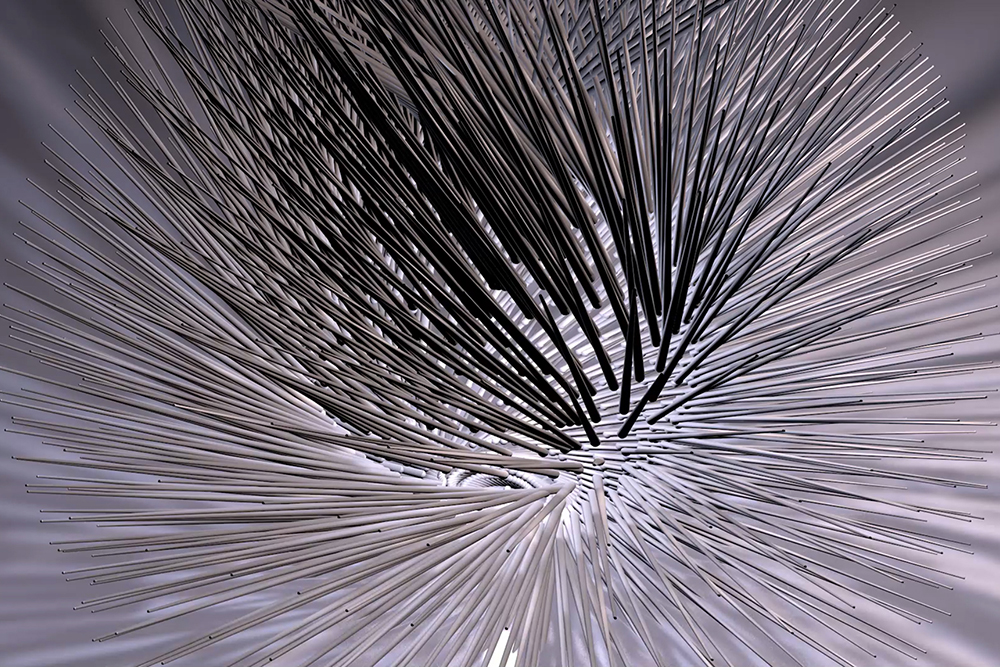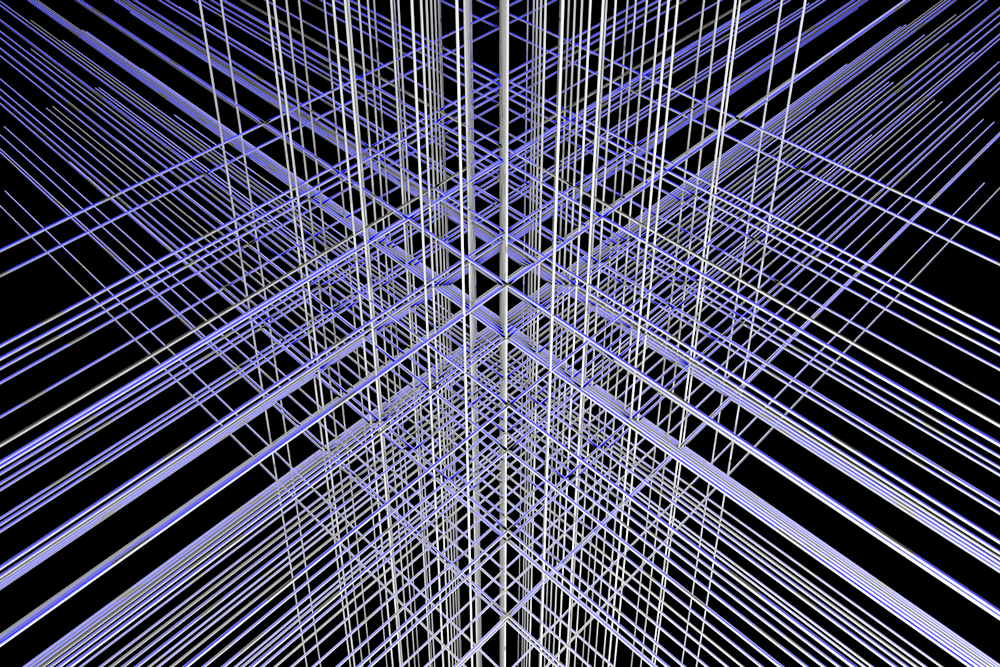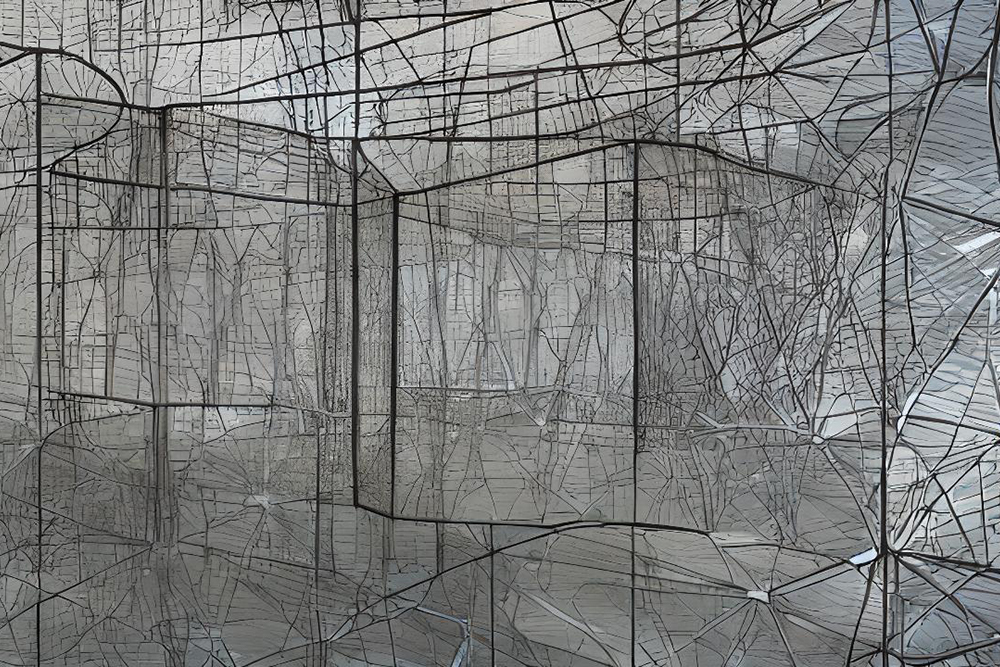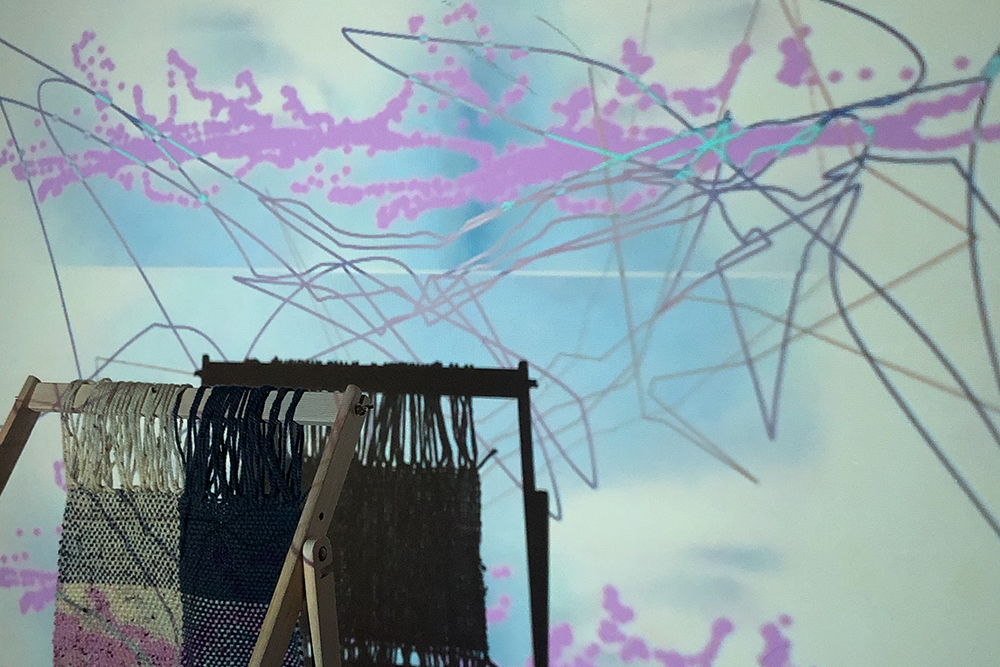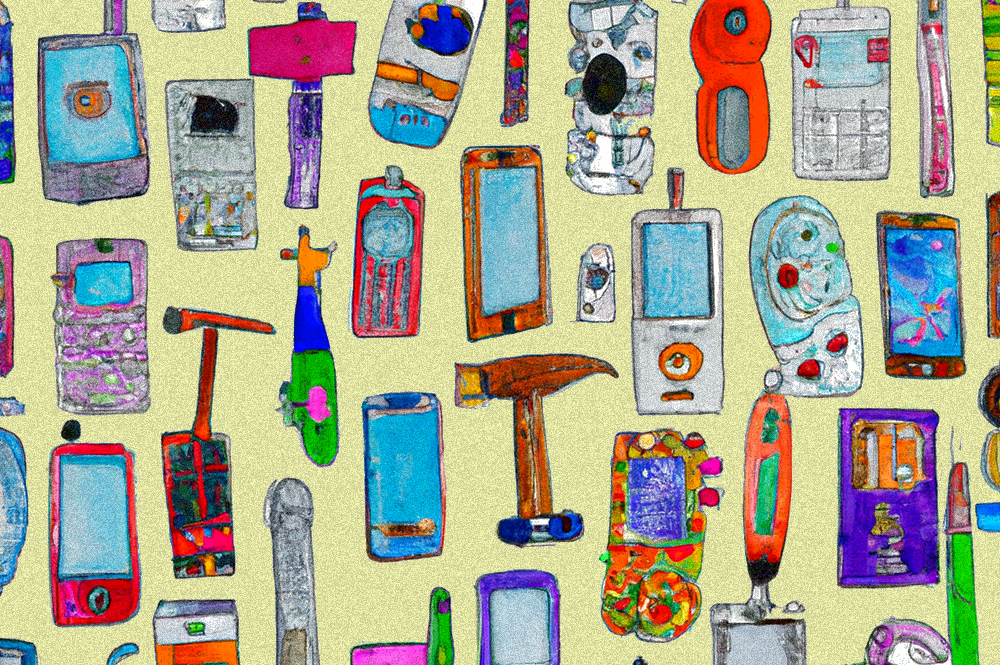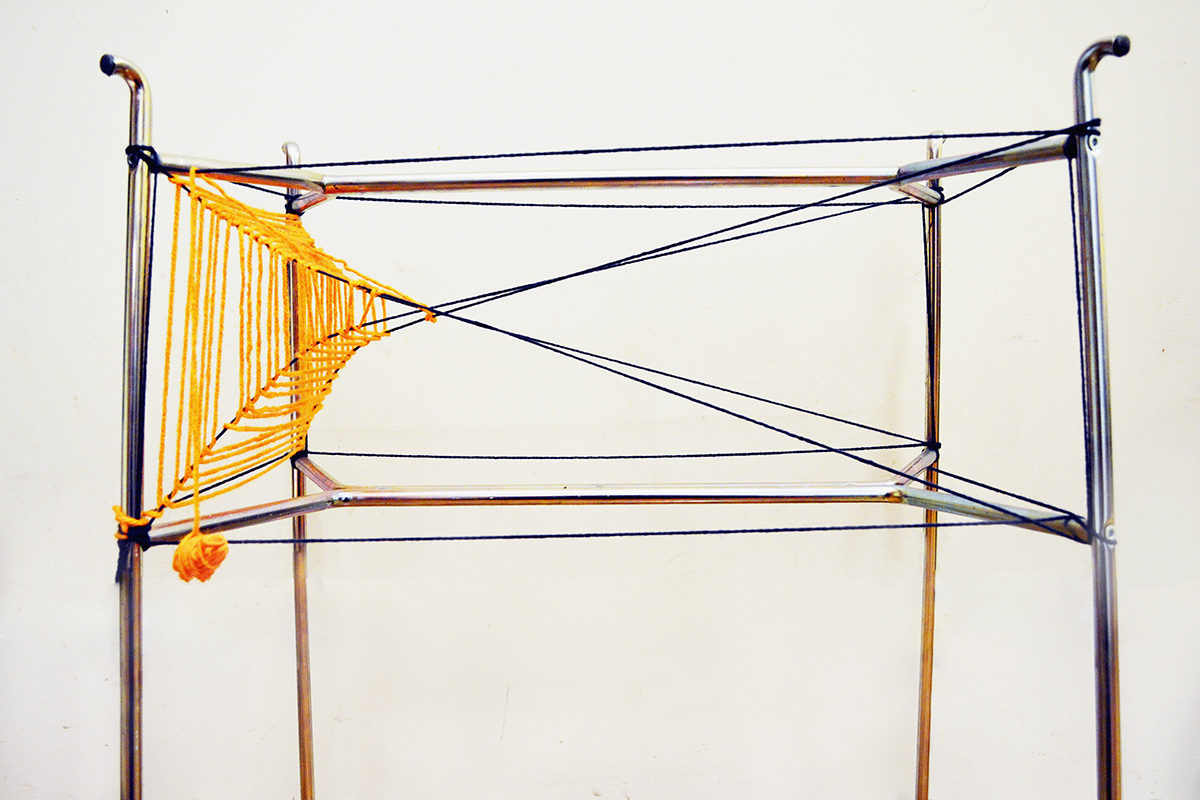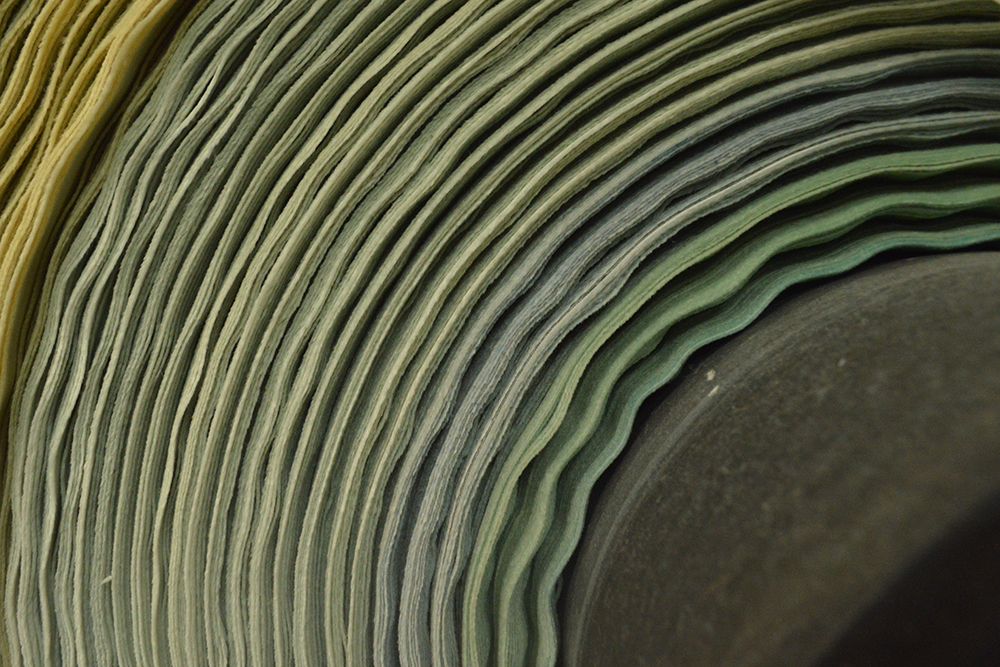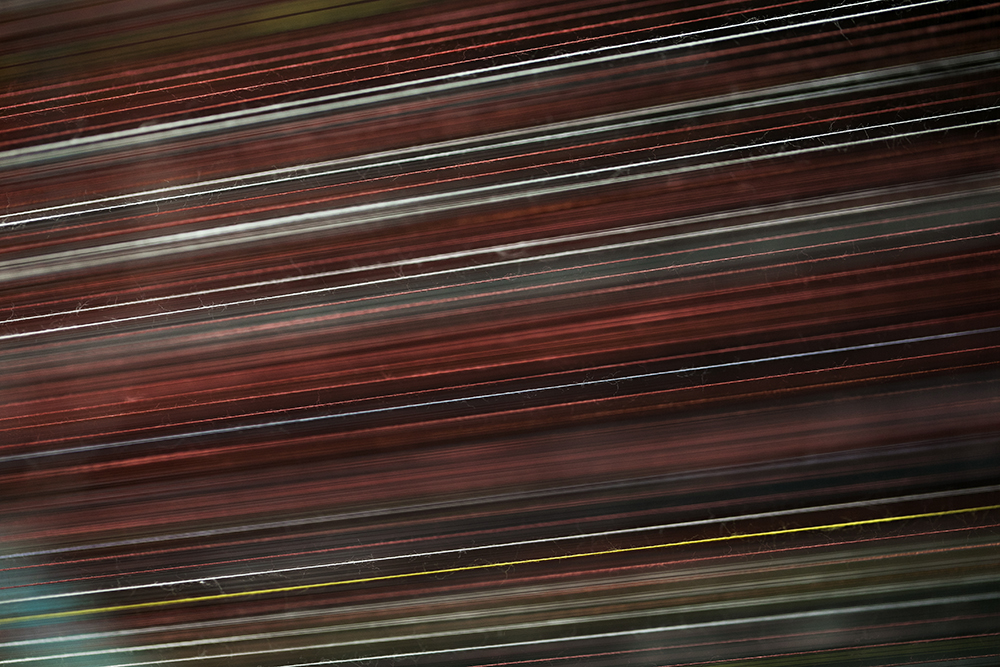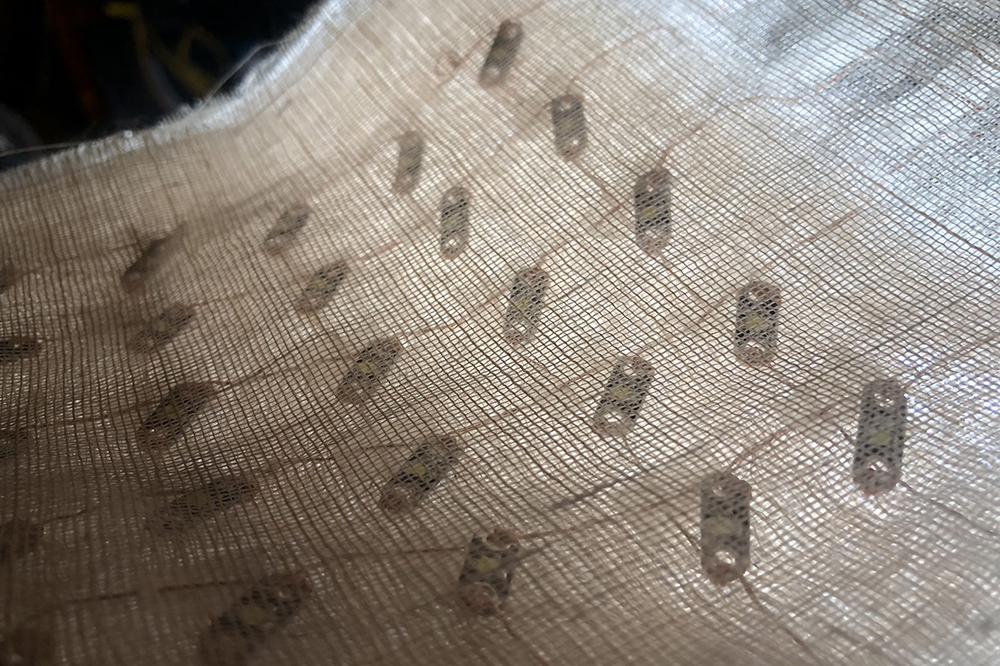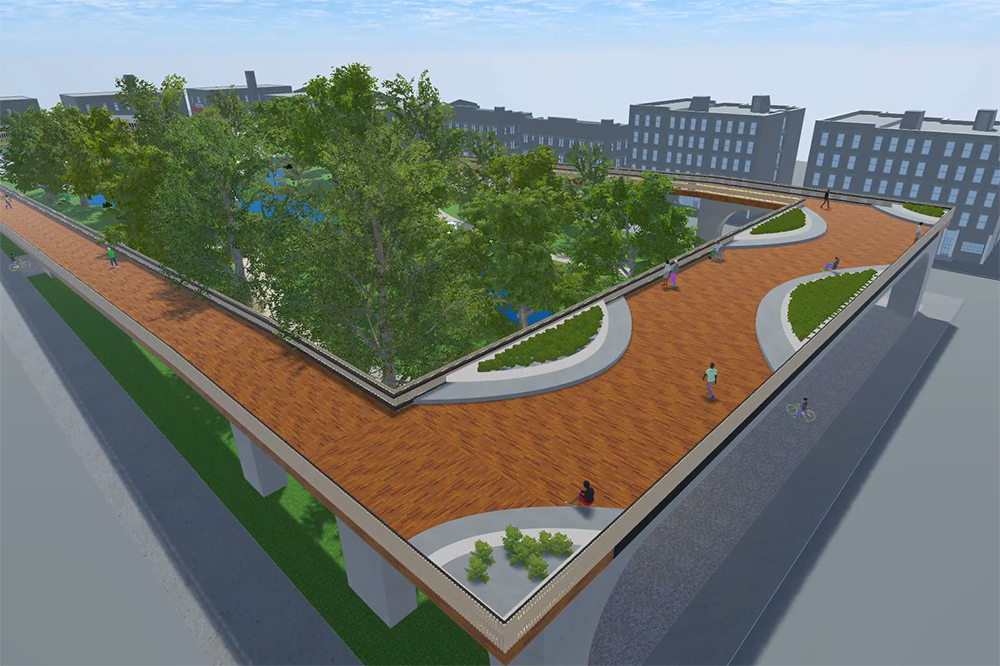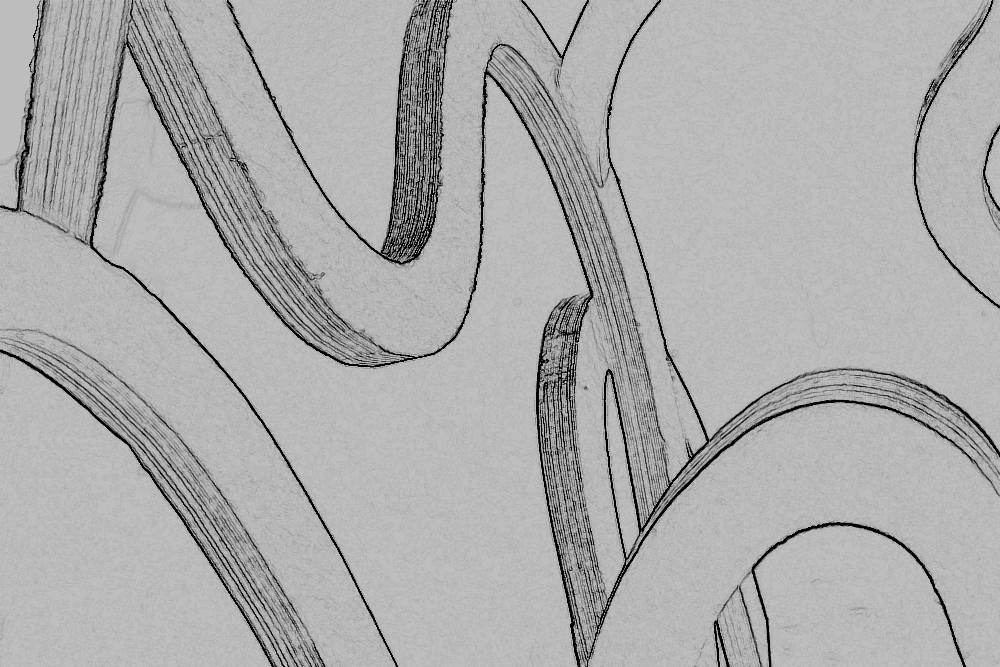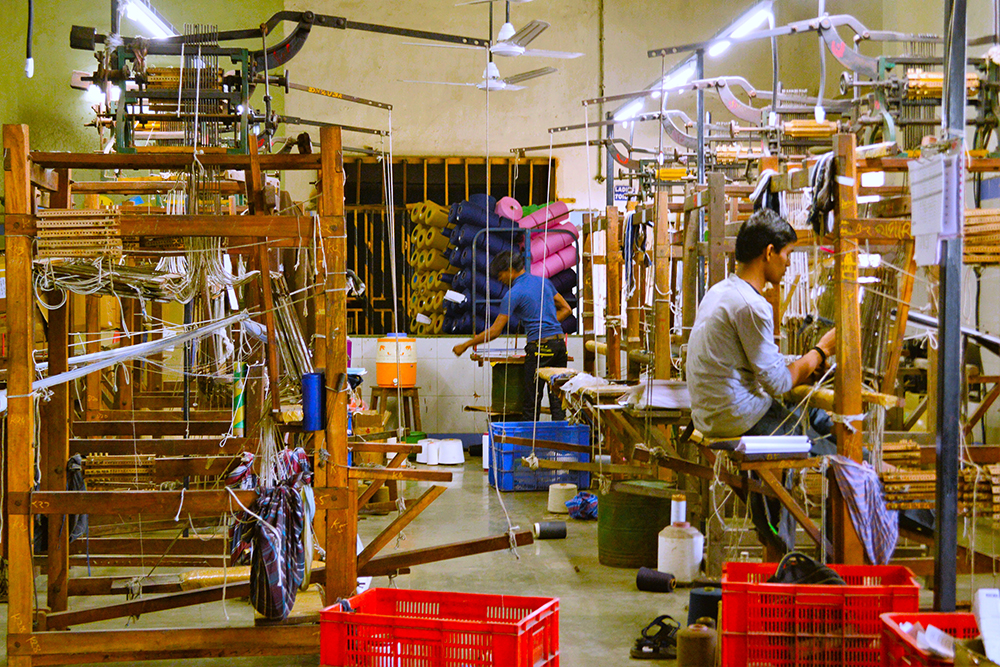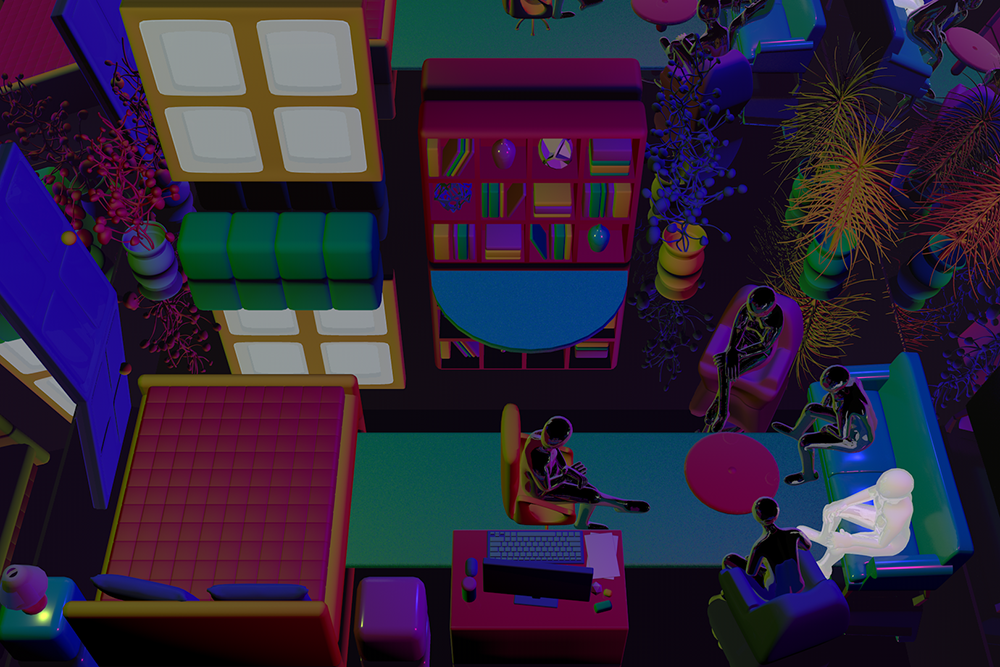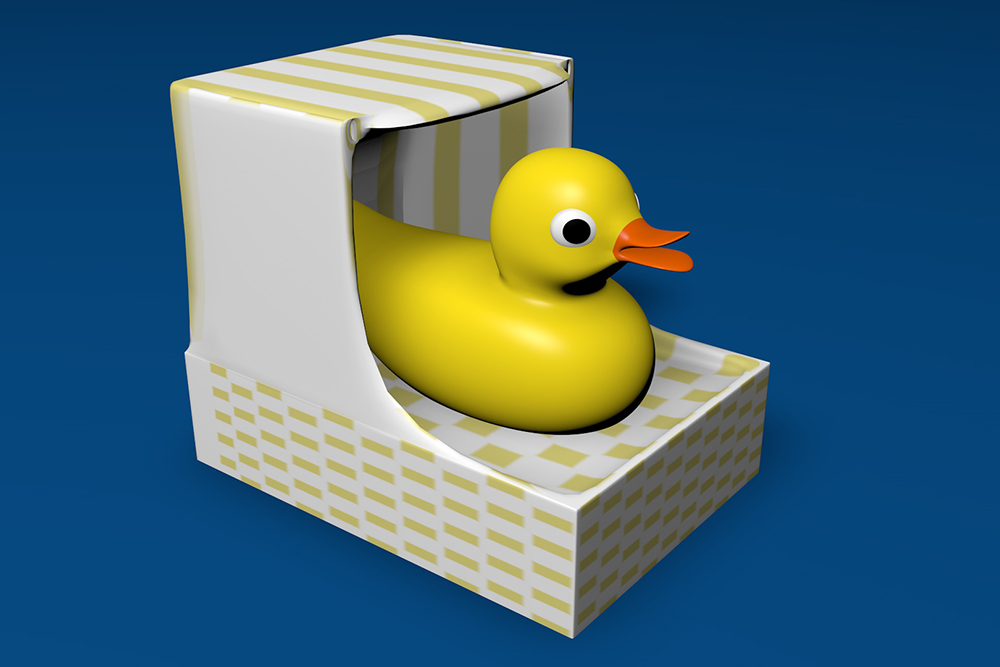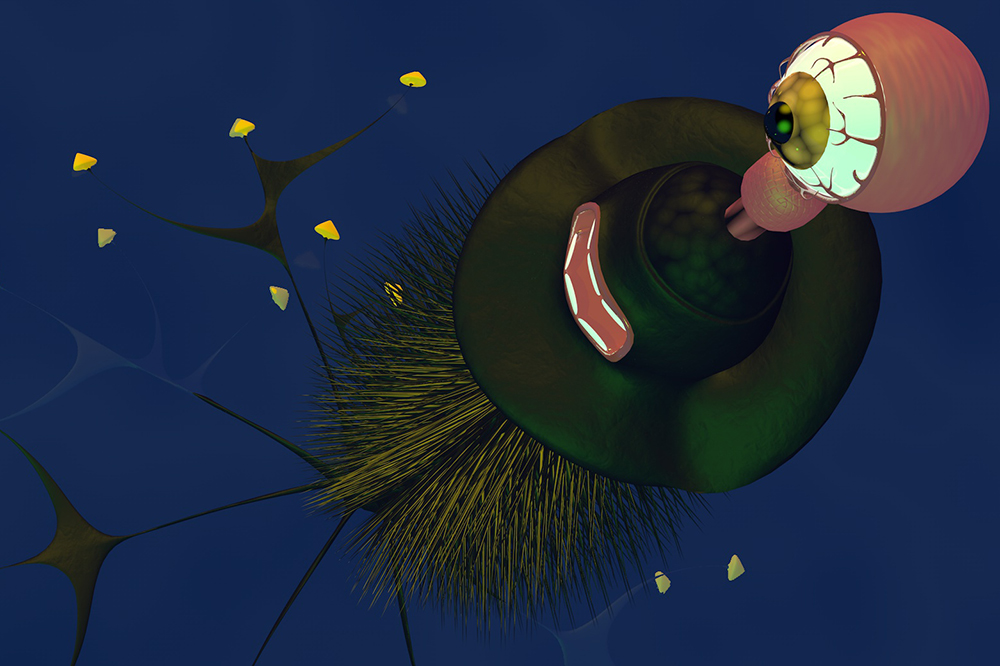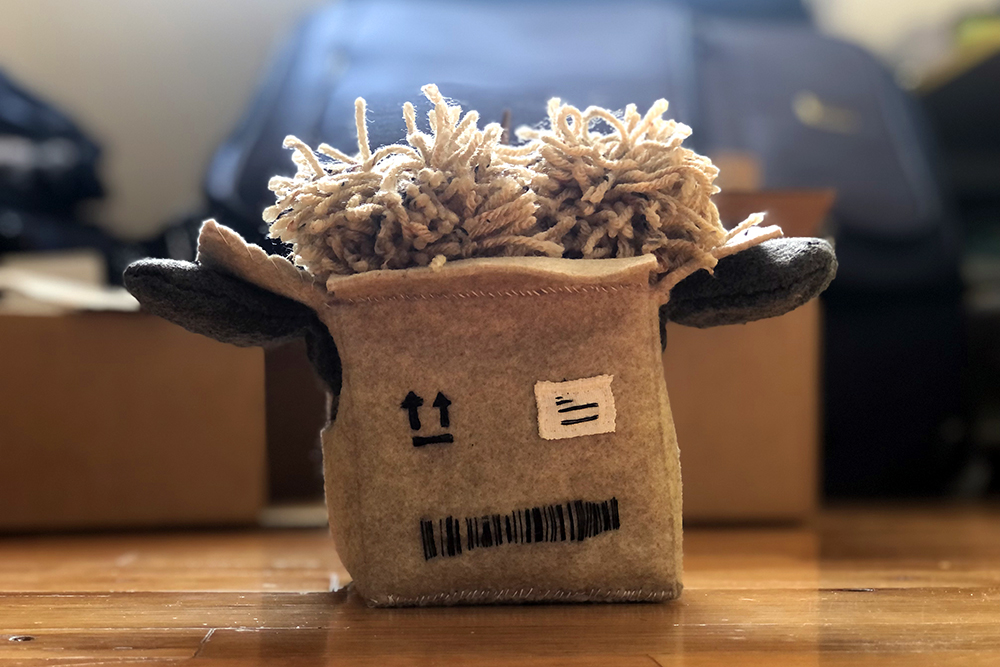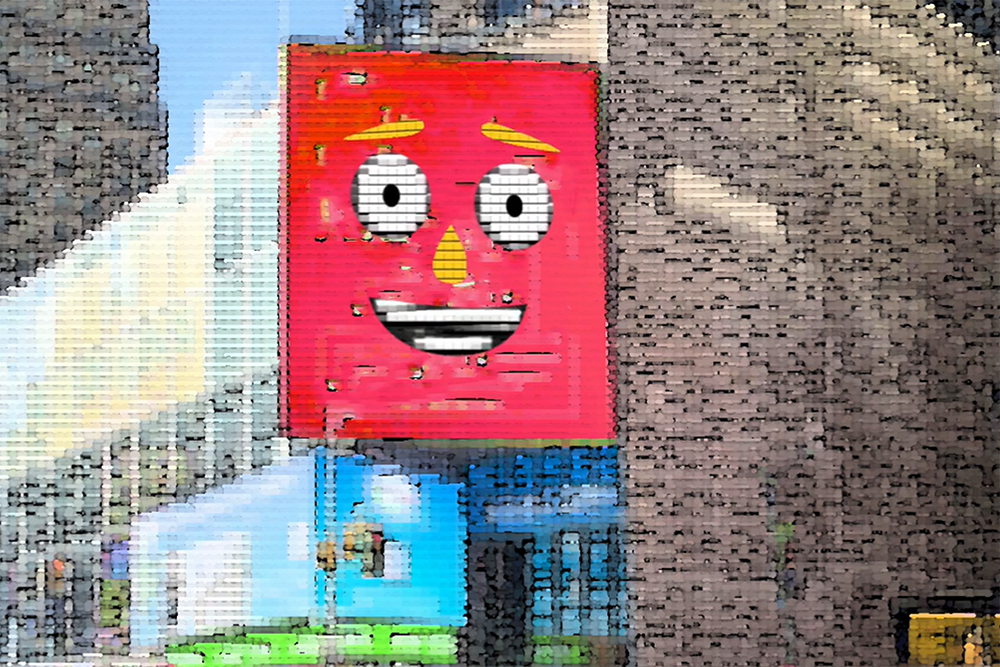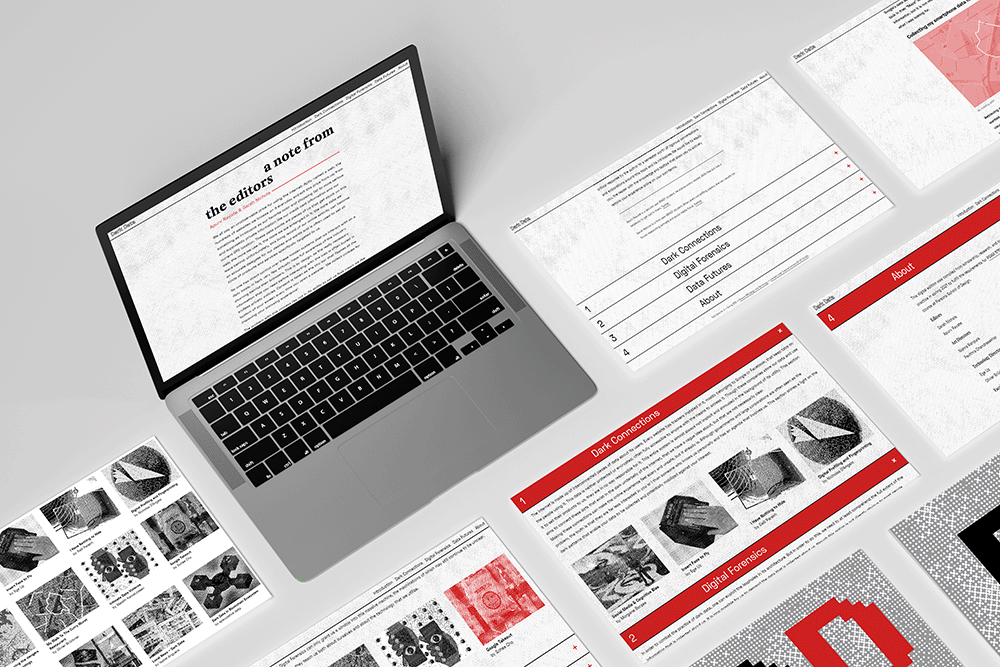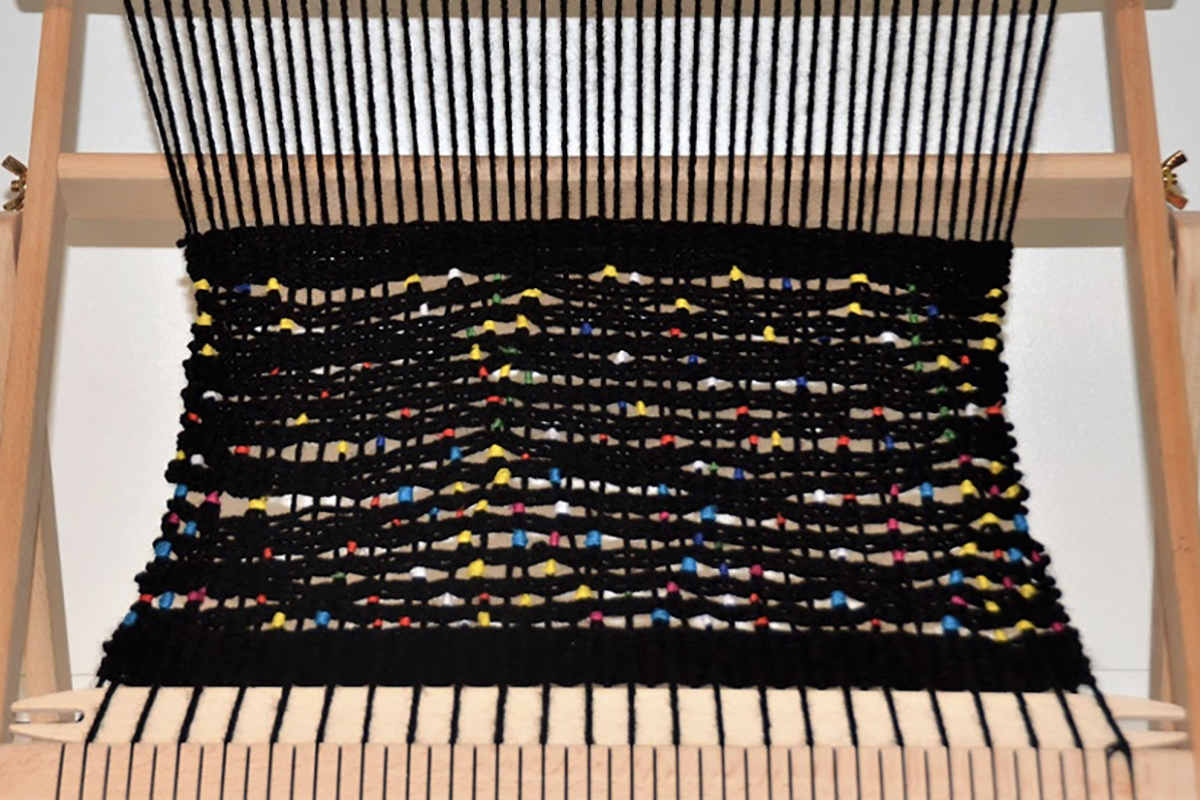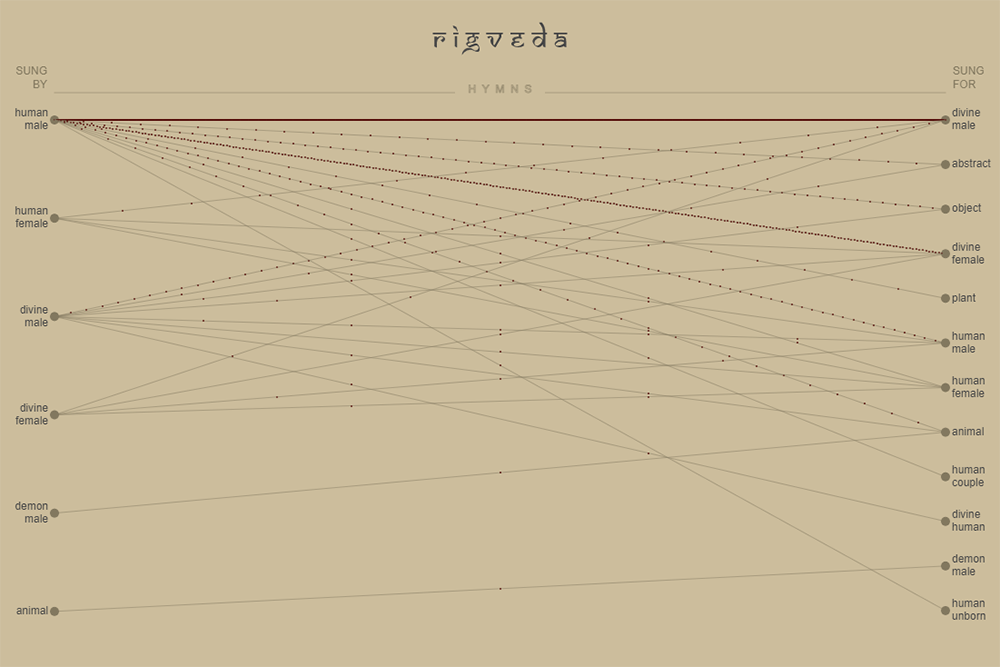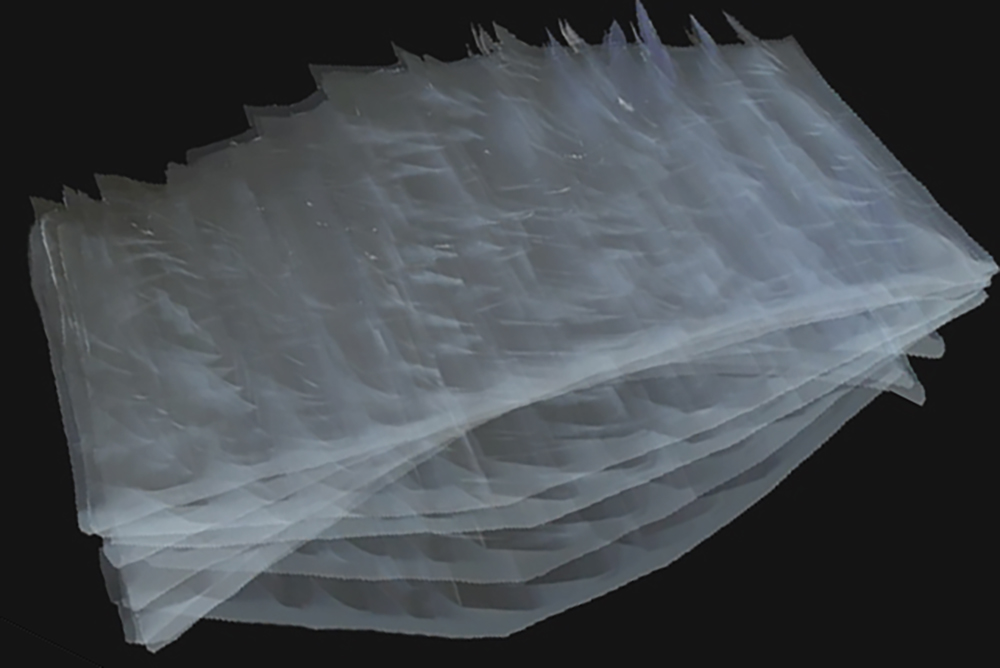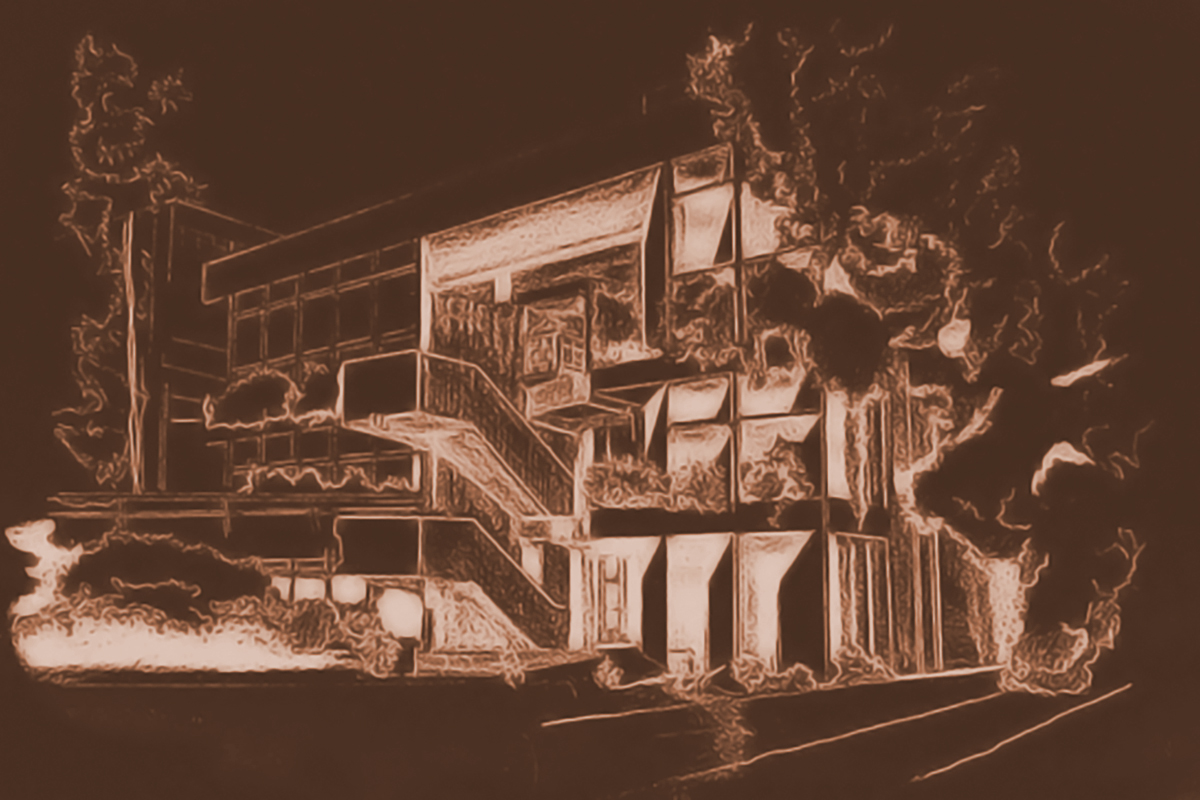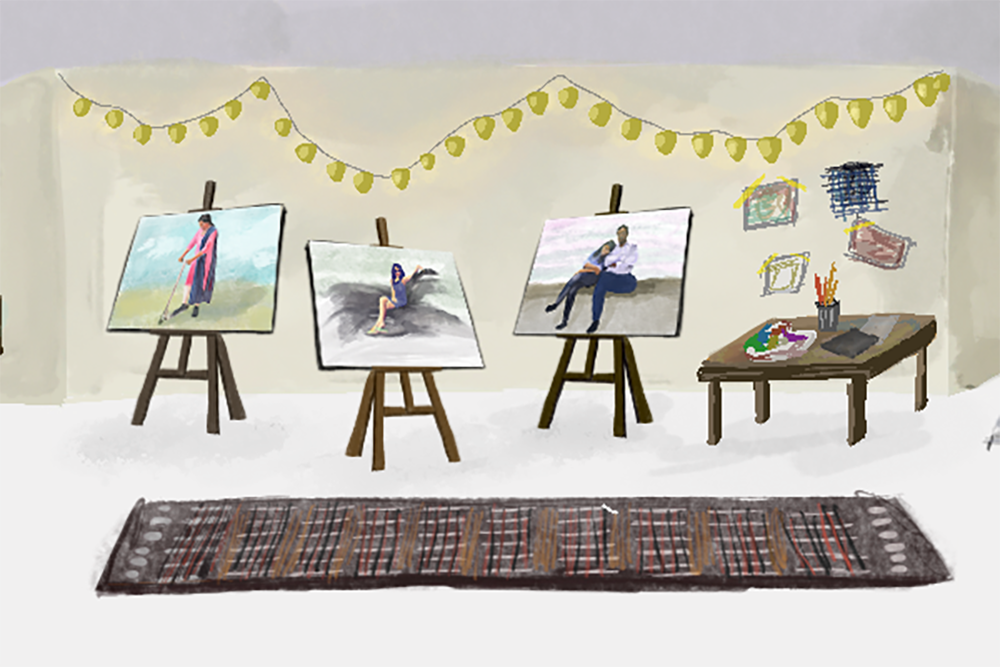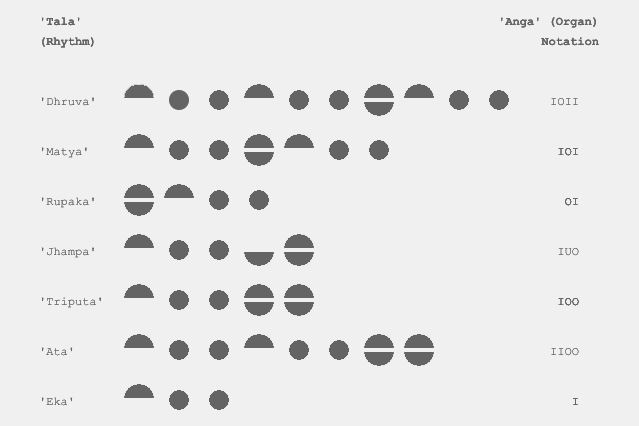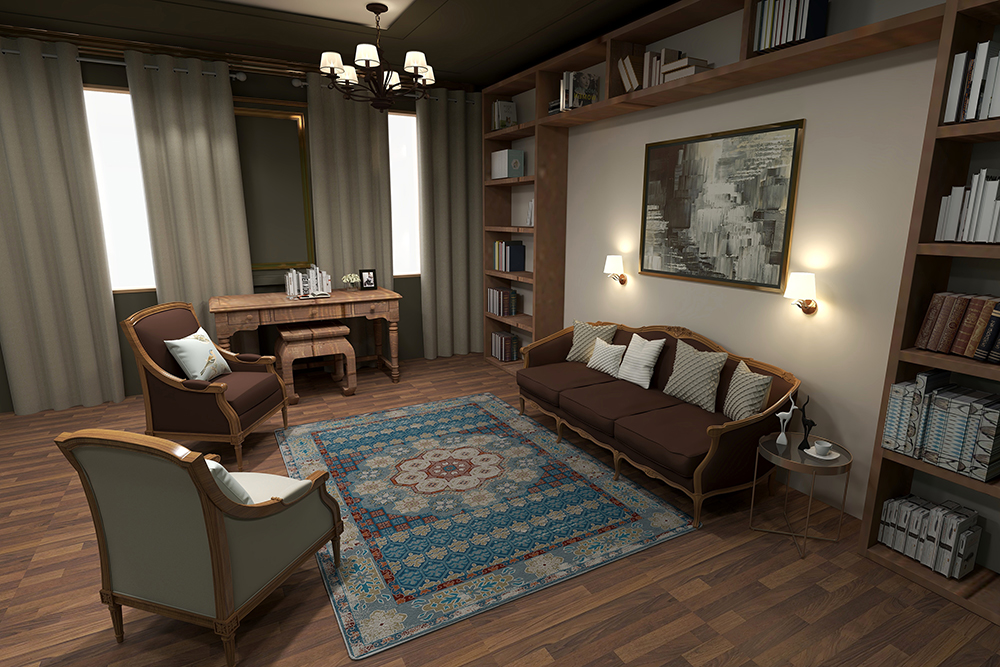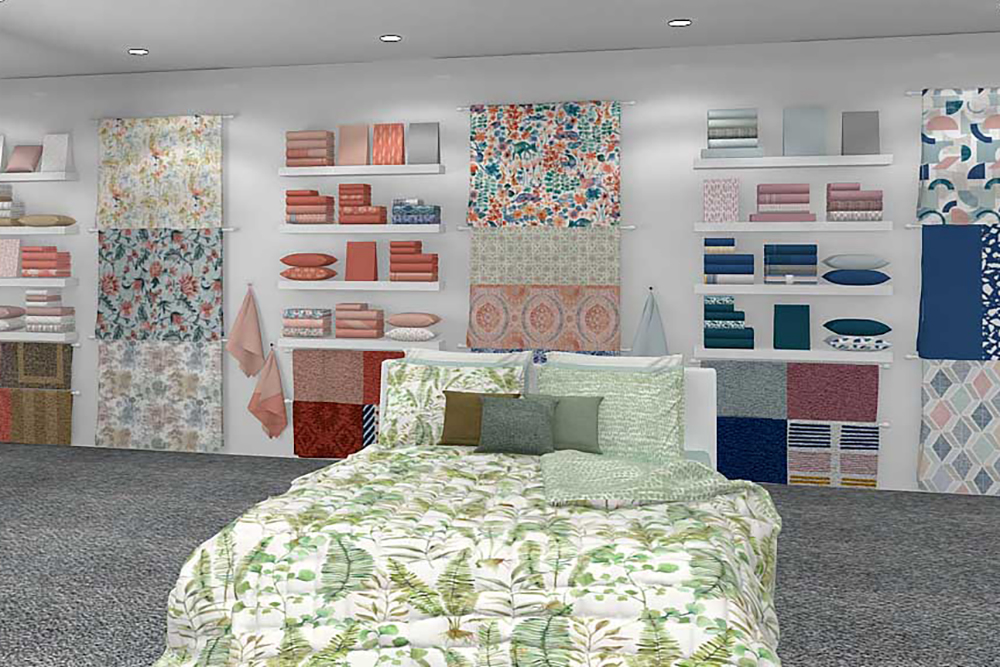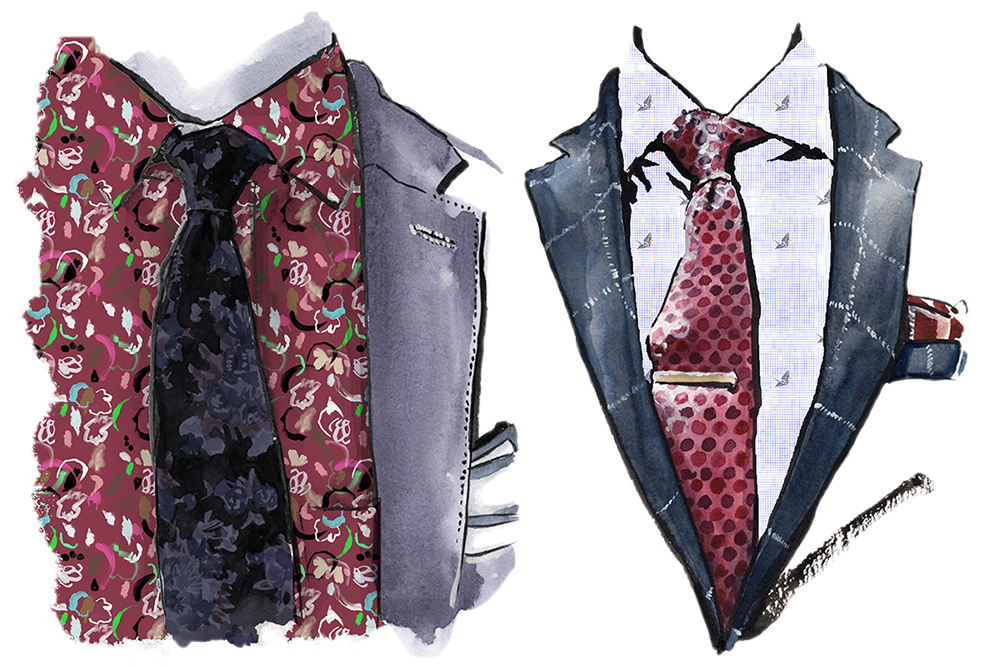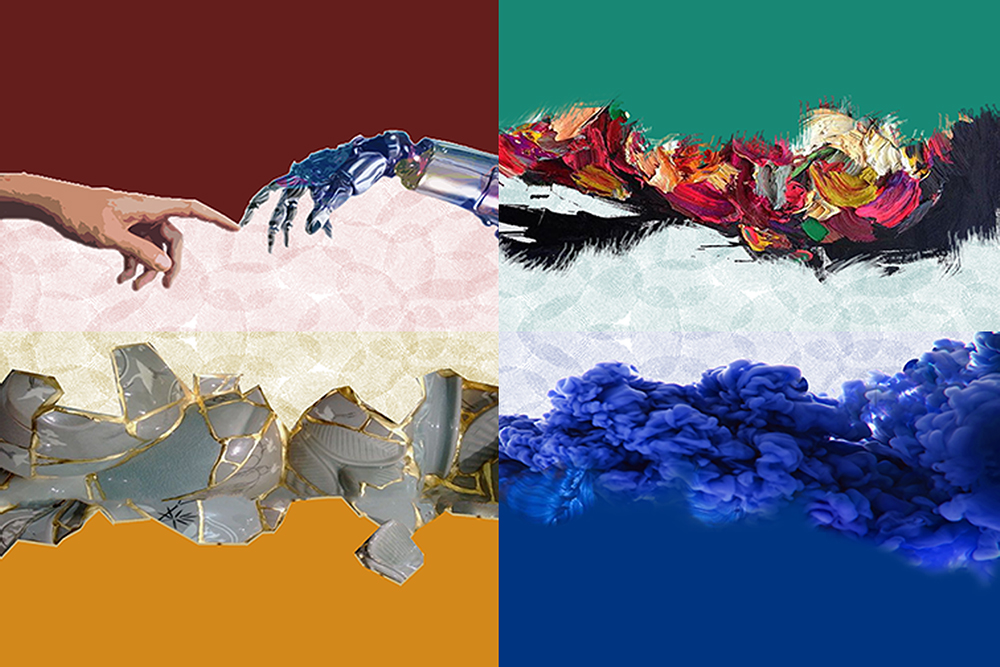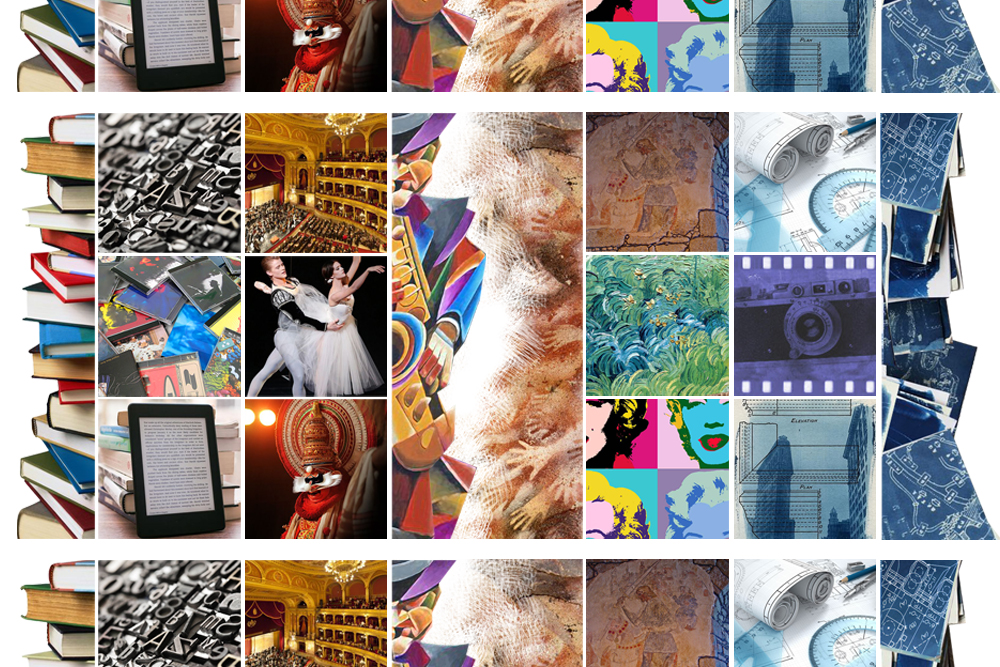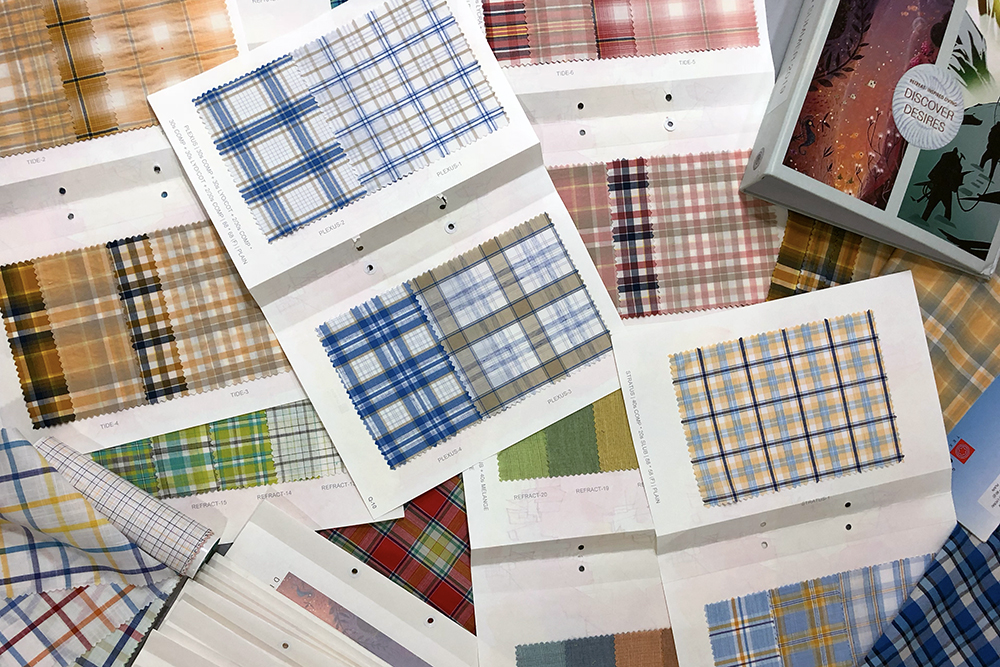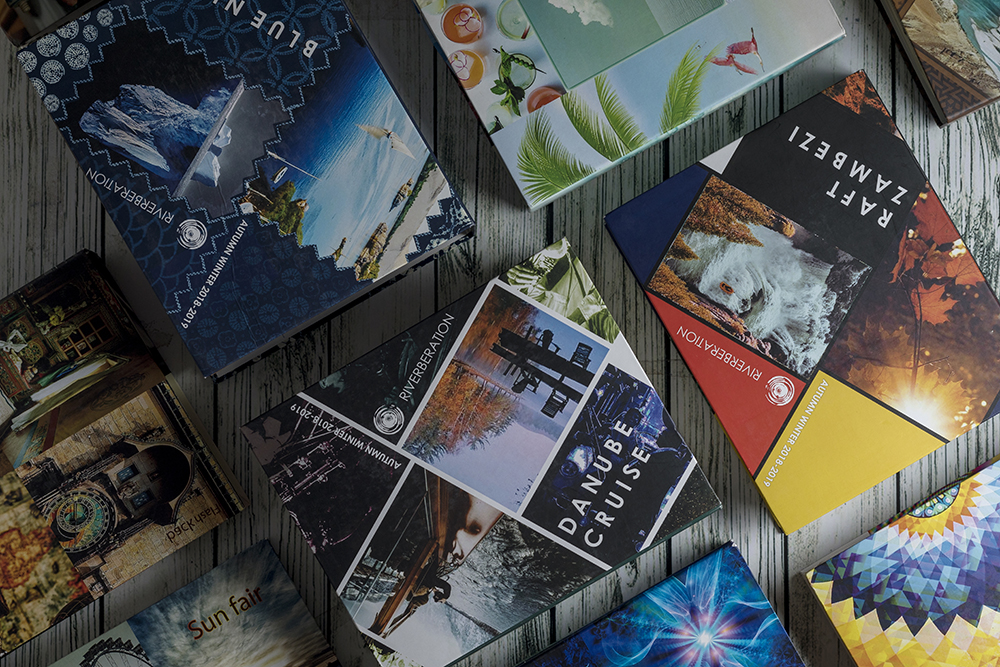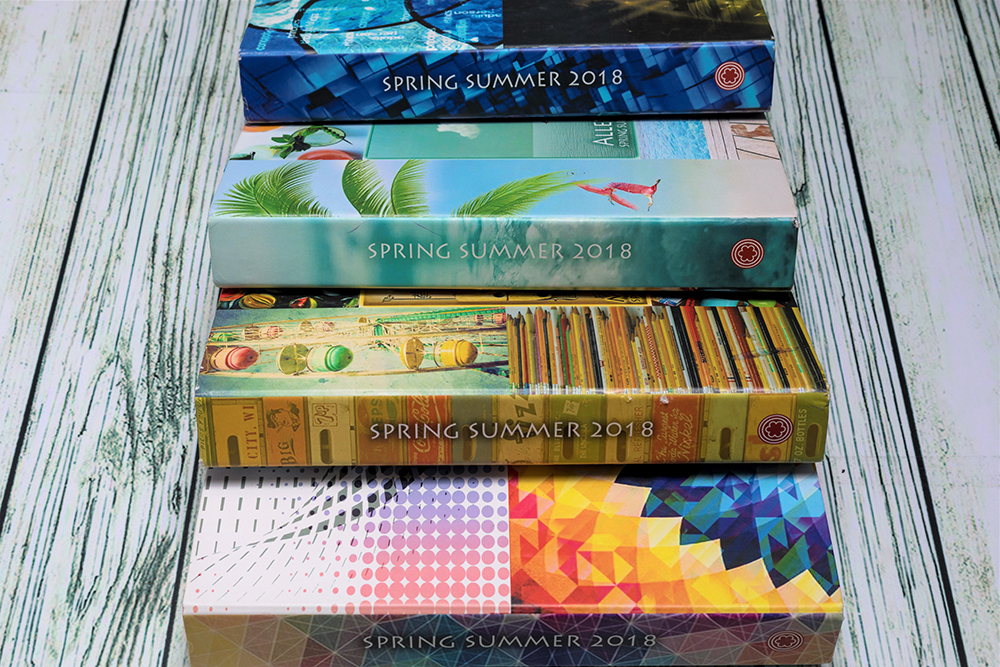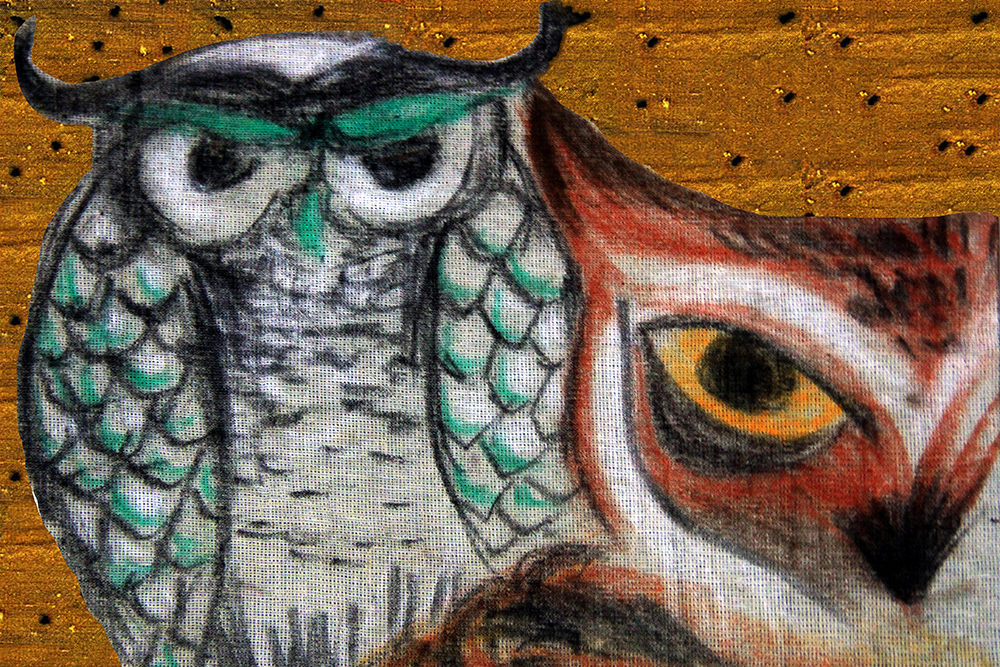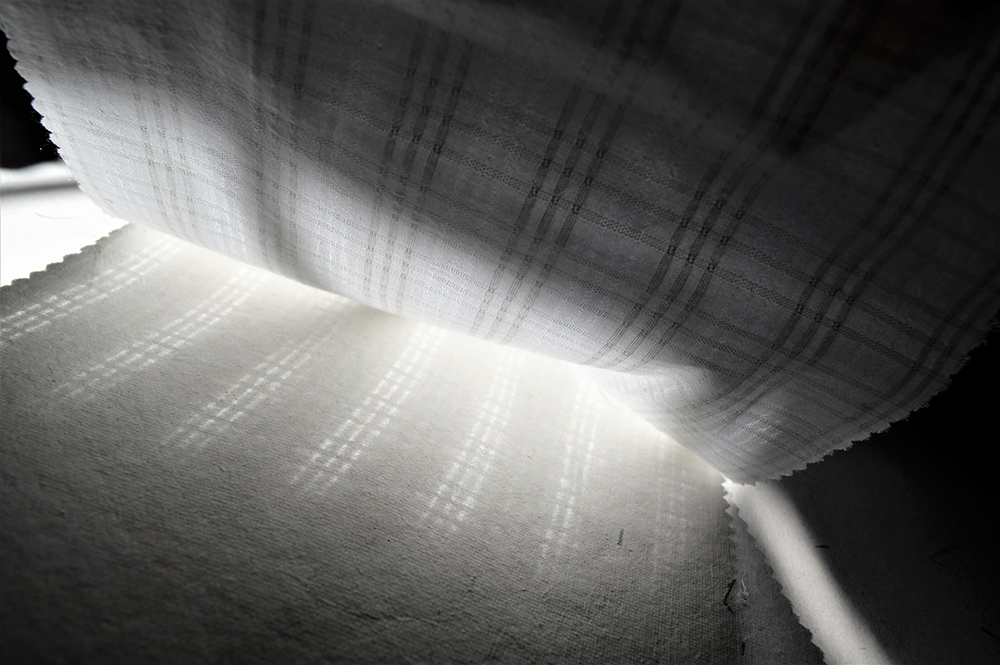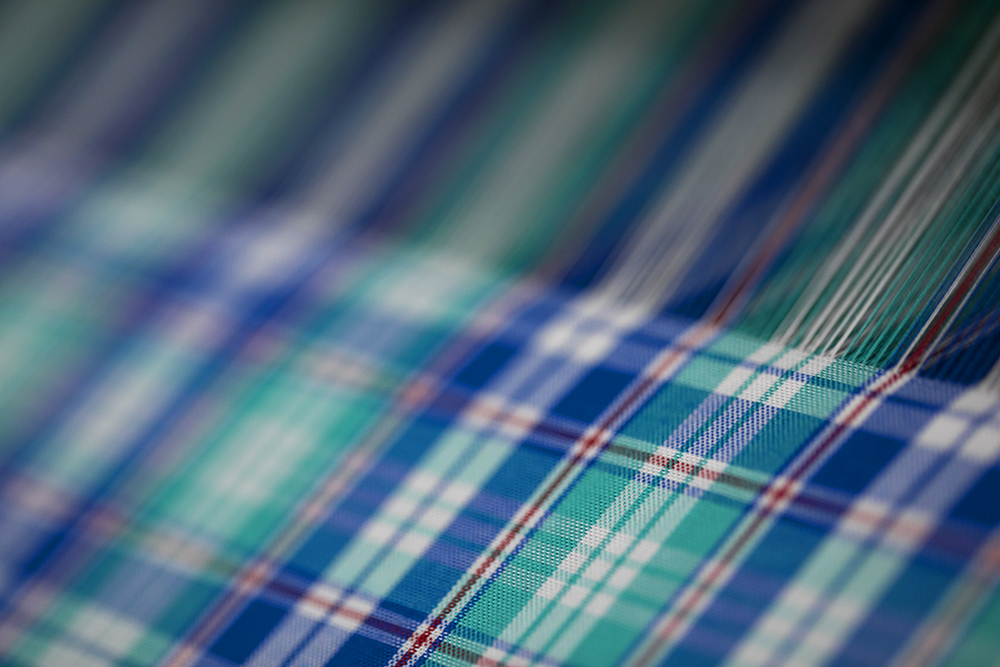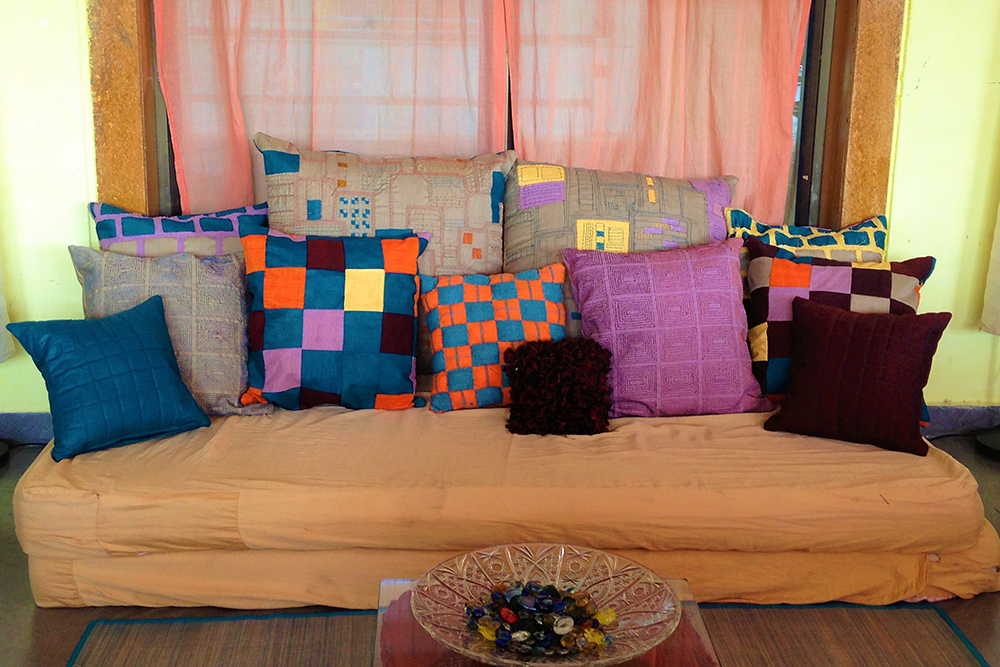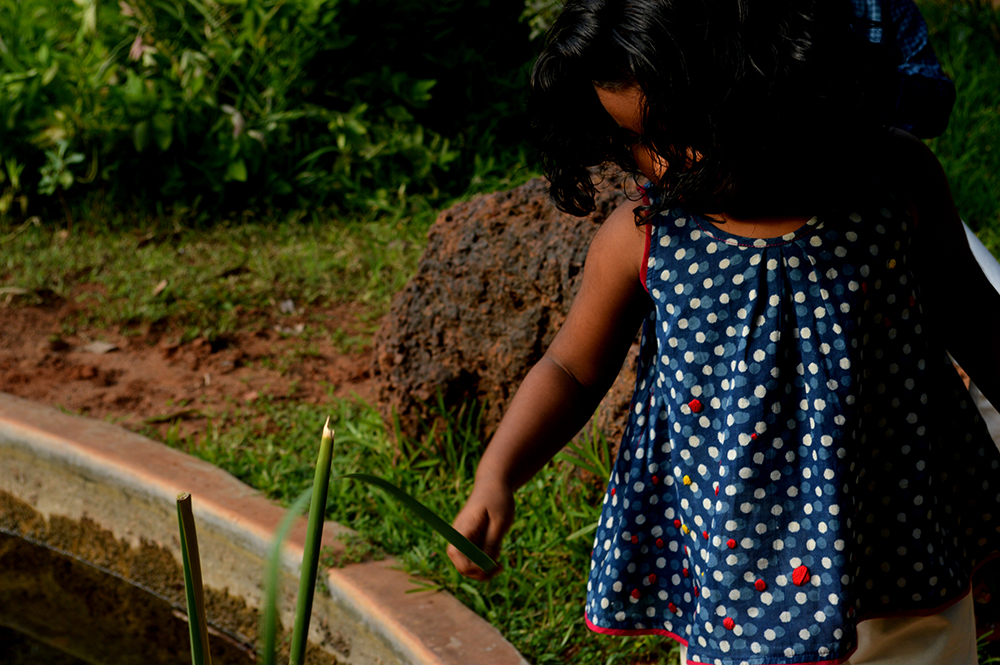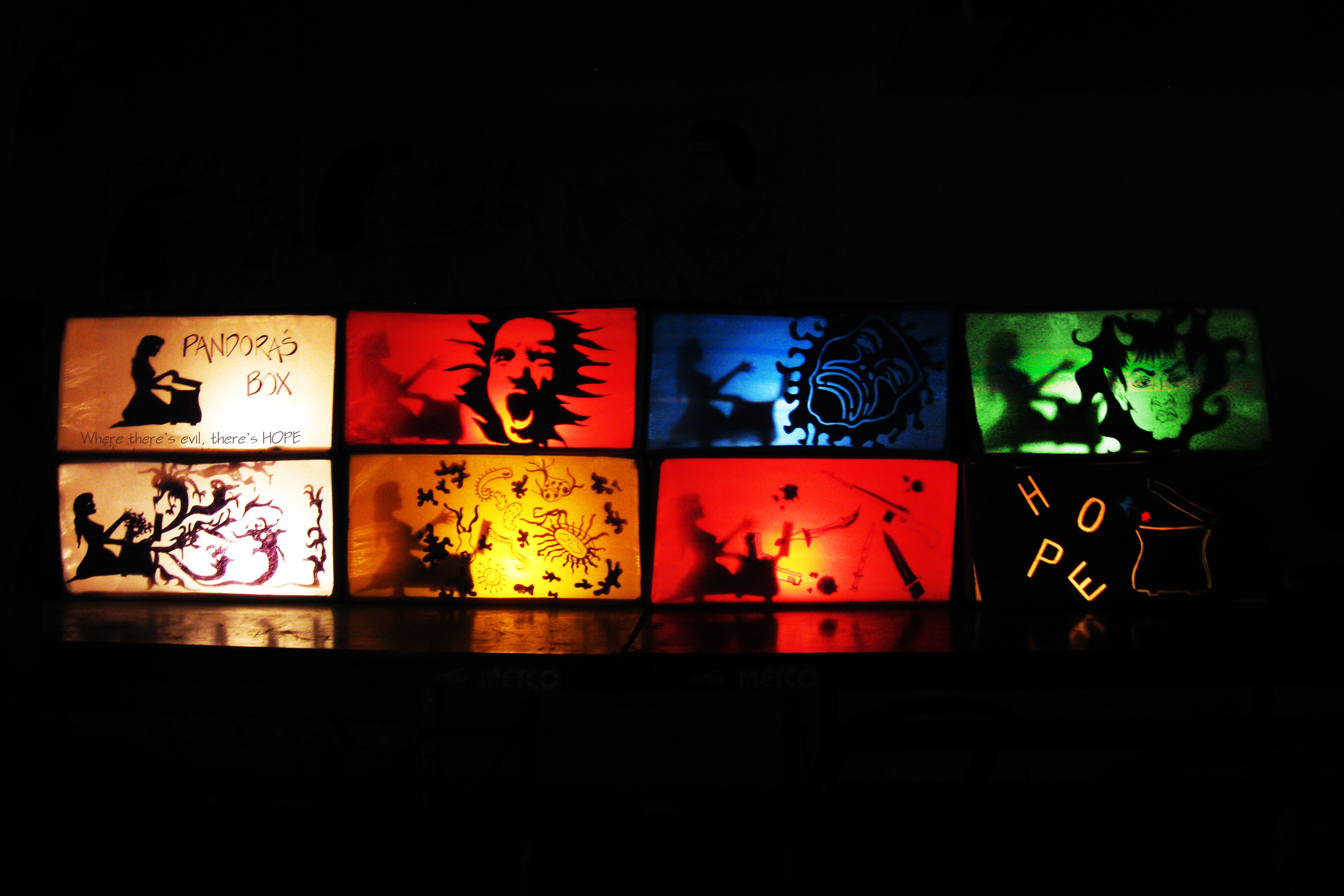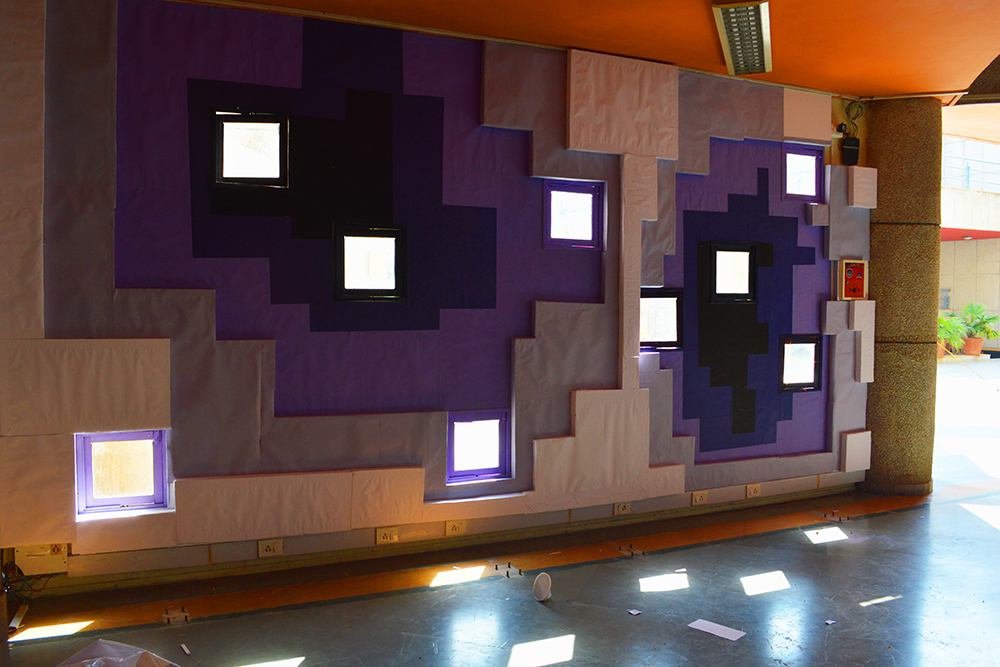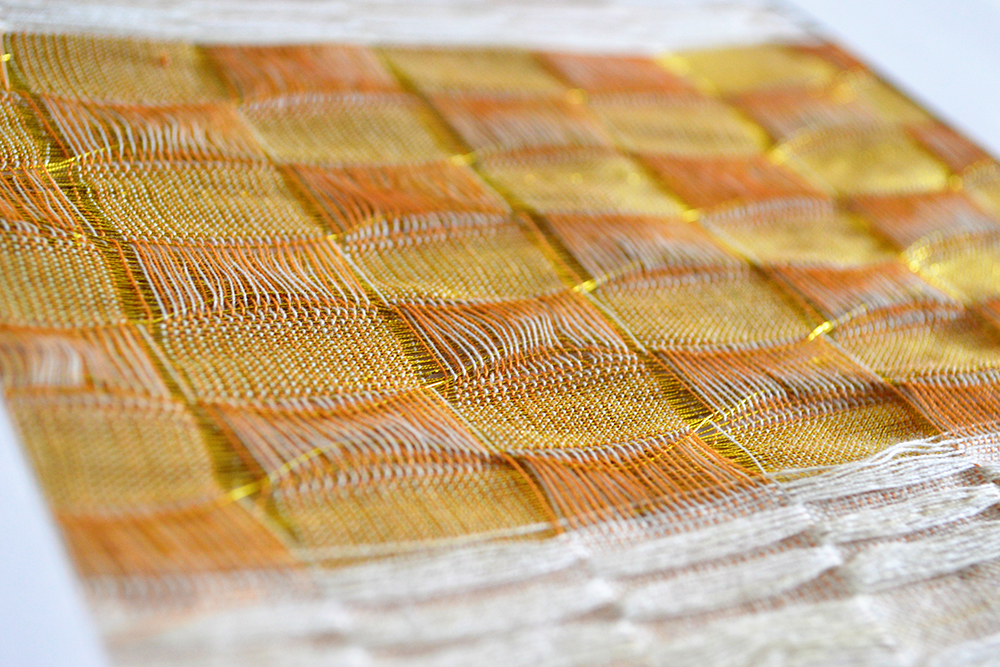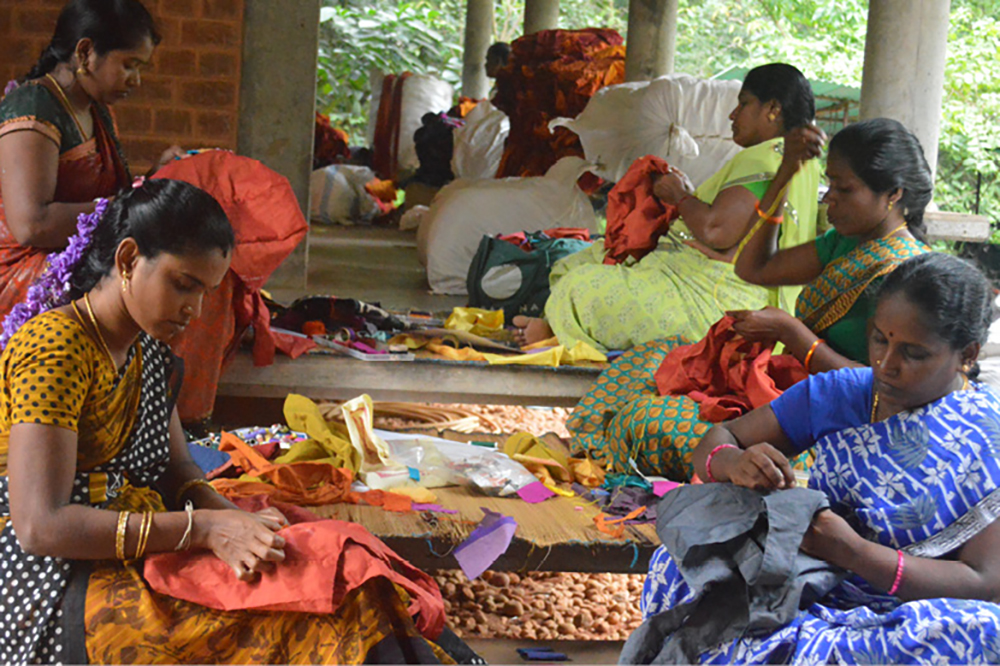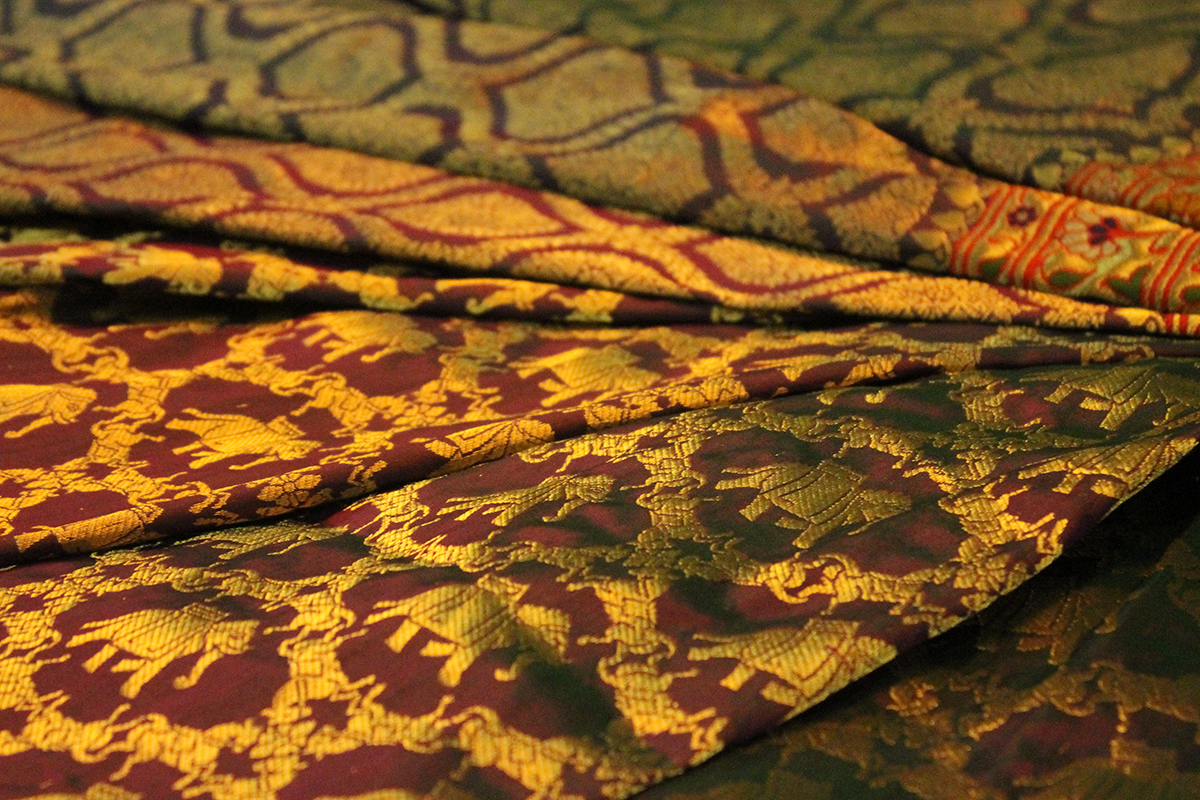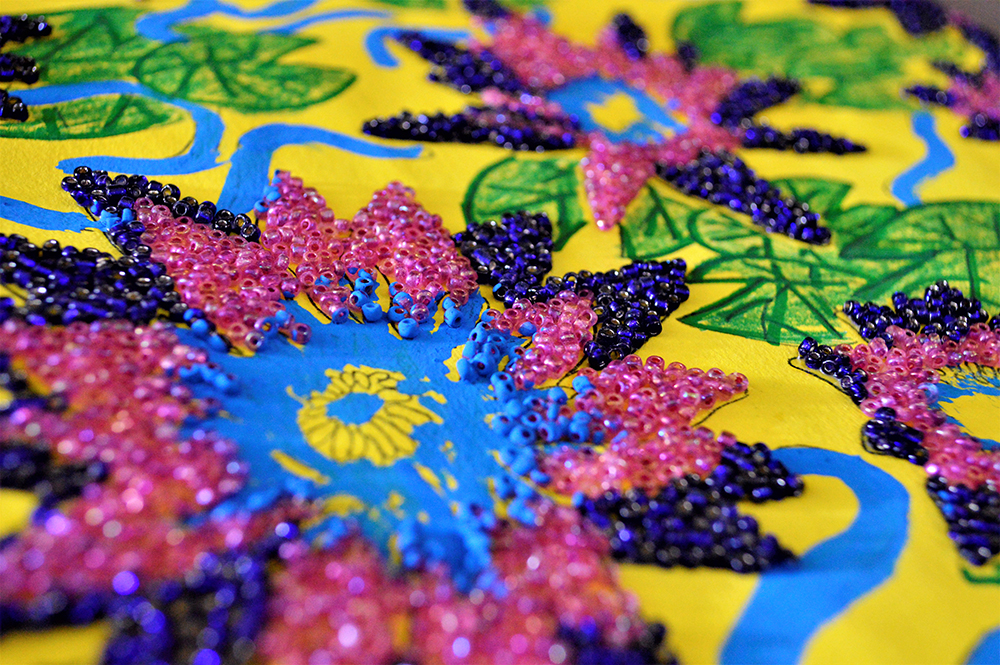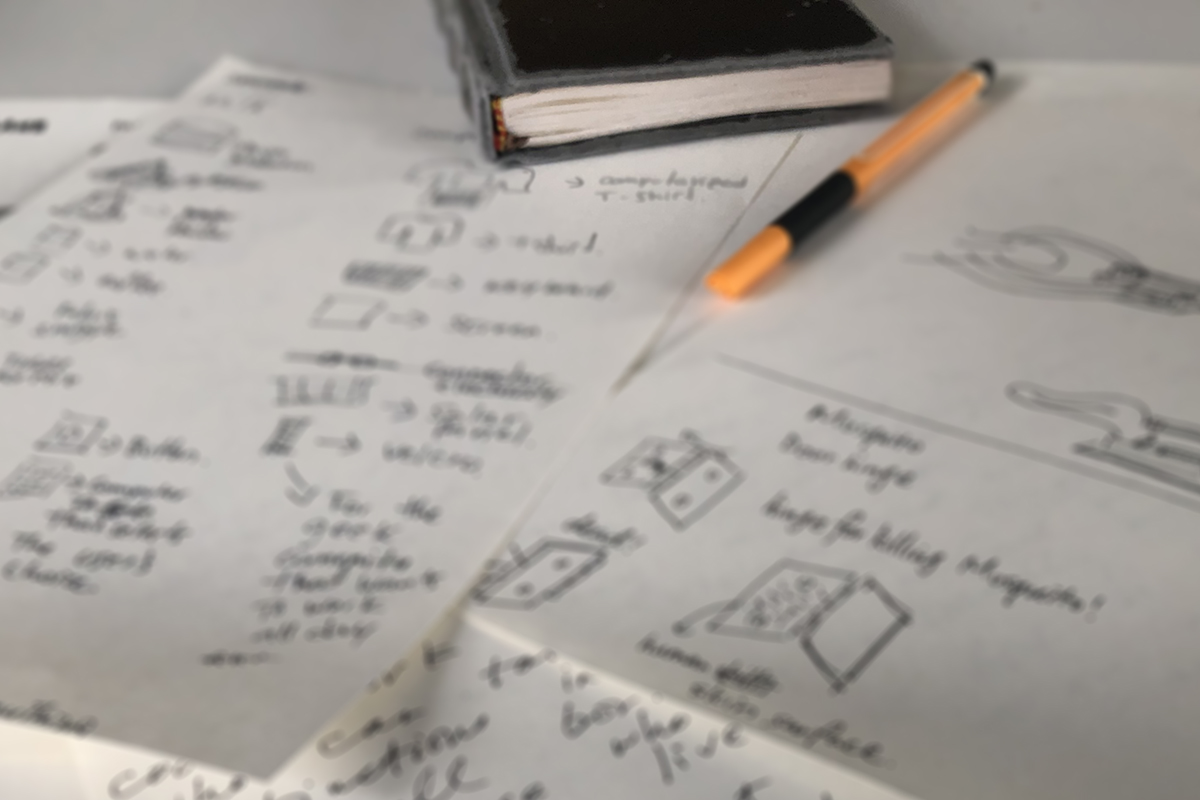SELECTED
FABRICATION
STRATEGY
WEB-DESIGN
ANIMATION
SHOWCASE
GRAPHICS
DATA-VIZ
TEACHING
WRITING
ALL
Speculative Spaces
2022
An illustrated talk about Speculative Spaces and infrastructures of the futures with a multi-disciplinary cohort of creators
Role: Illustrator, Researcher, and Presentor
Collaborators: Artificial Intelligence
- • Visuals: AI generated images using stable diffusion models and consumer strategy news as text prompts
Transcript
"Hi! Wow, those were some powerful discourses! Thank you everyone, who shared about their practices and experiences. I am Nishra Ranpura, I am a researcher, textile designer, creative technologist, and an educator from India, currently living in Brooklyn. With such a diverse cohort presenting and participating in this year’s Civic Art Lab conference about Spaces, I could not have missed this opportunity to talk about future spaces that we might be, could be, or maybe would not want to be building as a collective cohort of creators. I see there are people here who work with community and food spaces, water systems, architectural designs, urban developments, educational systems, textiles and materials, cartography, personal developments and so much more! This presentation will touch upon diverse dialogues around these and other disciplines through speculations. I should warn you, you might hear something you agree with, something you oppose, something you think is too shallow or you think is too deep, something new, or something old. The key is to focus on your responsive thoughts to the prompts. Now, we are going to take a step away from pragmatism and reality for a while. I am here to share some thoughts and questions (not necessarily my thoughts and questions) about a critical inquiry I like to call Speculative Spaces. A part of Speculative design itself, as a broader concept is a critical design inquiry that addresses design questions often as futures or alternate reality scenarios. Speculations can be crucial and enjoyable tools for design research and help navigate the fabric of multi-disciplinary approaches better.
As we all know, long-term social, political, environmental and economic challenges lie ahead for us. And in times like these,
humankind is looking up at the cosmos for humility,
looking around in their habitat for planetary and interplanetary recuperation, and
looking within the self for a sense of security and healing.
And ‘Speculative Spaces’ is a provocative dialogue to question and ponder over some of the visions of the future we are building, through these surreal visual and illustration designs.
So if you’ve been itching to daydream or wonder about worldly mysteries, now might be a good time to do so.
Speaking of building futures, let us time travel… into another dimension perhaps. And start with a space, well, the space– something that has been untouched by humans…. Almost… Till now.
As we all know, in the last year or so, we have been blessed with enthralling deep space discoveries through the magnificent images of galaxies from the webb space telescope,
And the very first sound of a black hole. A literal peek into the past, from its future, time travel indeed.
But along with these curiosities, there also come concerns. A second Space age is being shaped with space getting more and more commercialized. According to US’s space foundation reports, the global space economy reached a market value of over $400bn in 2021. And Astro-anthropocene, for example, is a term defining an era of a growing amount of human-made space junk such as pieces of machinery or dead satellites left in orbit. What happens if we keep going like this?
Is this the future we are inadvertently building?
On the other hand, there are also spaces of perceived symbiosis. A research and design studio called nonhuman nonsense put forth a speculative campaign giving legal and ontological personhood to Mars, a Universal Declaration of Martian Rights as a stand against planetary colonization. Every rock, chemical or life from and on Mars is a Martian, with Martian rights and dignity, and free from earth’s intrusive curiosity.
Planetary personhood.
Makes me wonder about the similarities to the idea of religion?
This does make one wonder about the role of anthropomorphization in symbiosis?
Some studies show the significance of something called the care economy for a sustainable habitat. If users, consumers, leaders, creators form personal connections, they care, they protect, they conserve. That is why brands and the retail world are focussing on narrative and storytelling-based promotion systems. It is about how you communicate, and what story you choose to tell.
Even the planets and other space beings are seemingly entities that communicate, that have been communicating, far before, and way outside the spectrum of human comprehension.
For instance, isn’t every cosmological entity connected by gravitational force, albeit the faintest one? They don’t need radio waves. They already have this strange communication through gravity. And time, and who know what else.
So, can these nonhuman means of existence and communications trickle down to the human world for a longer lasting connection? What do we have to gain and lose and learn and unlearn from the unearthly systems?
And what about earthly systems themselves? Not human systems, the earth’s systems…
Heterogeneity has been one of the building blocks of ecosystems and lives. From gene mutations to rainforests, it is the coexistence of multiple beings that lets life thrive. And whether it is the realization of this fact, or more of a sentiment, we are thinking in the direction of heterogeneity, not just in tangible and physical sense, but also in our made up socio-economic and political systems.
Animals are being given legal rights as sentient beings, and organizations such as Nonhuman rights project have animals as clients.
Courts in India have declared the rivers Ganga and Yamuna as juristic persons with rights, duties and liabilities. Similarly Mount Taranaki and Whanganui River in New Zealand have been given rights of personhood.
Robots, machines and computers are given author credits in research papers.
Our landscape might just not be only ours.
I loved the talk we had earlier about maps. Certainly makes us question whether we really still see maps and citizenships as our geopolitical version of divisions? Lands and skies are for all species, for soils, for machines, for energy and electricity, and even memories. Is it time to unlearn our anthropocentric ways? A science historian Frédérique Aït-Touati explores this concept in his book terra forma: a memory, through speculative maps based on living forms, and not just human’s lands
Thinking more tangibly about maps, based on the presence of multiple biotic and abiotic beings, what will the nonhuman ideal cities and their cultures look like? A research and design studio called Space 10 developed these ideas of bioregional ideal cities 2040 that thrives as a result of coexistence of multiple species and regional resources. Thinking along the lines of bioregional ideal cities,
What would our landscape look like if we co-exist with the solar energies of the coastal regions.
And certainly planetary regions with less sun might not be able to fall under this ecosystem. So in those cases, what would the urban landscape look like with artificial energy sources? How would different strengths of these diverse energies fabricate diverse subcultures?
What about the subcultures of machine-focused cities? What would differences in technologies in different regions say about the planet’s socio-economic and cultural statuses?
How about a symbiotic landscape curated for water cities…
Or a tropical biome…
If we look around today, we already share spaces as a community up to a certain extent. We have spaces for work, for leisure, for cleaning, for activities, even for our appliances, and belongings. These habitats have been evolving continuously to co-exist and adapt. But how would our infrastructure look like if it isn’t designed around us. For instance, what kind of navigation signs would other beings use?
Maybe aroma based navigation?
Or signs made up using electromagnetic waves, something plants and the planet and the machines can sense, but not us. Or perhaps based on sound or temperature?
With novel systems, what form of topology and dimensions would come out of a planetary habitation?
As we witness everyday in today’s socio-political culture, communities are standing up for other communities’ rights, and fighting back for them. Now these Crime, war, justice, and punishments are being extended to nonhumans.
In June of 2021, the International Expert Panel (IEP), a group of leading environmental lawyers, defined a new super-crime: ecocide along with genocide and murders.
Does that mean this kind of judicial evolution comes easy? Probably not. It never has. Will we see humans, machines and nature coming together and protesting and standing up for each other’s rights?
I mean surely the human-machine-planet collaboration in practice is not a novel idea.
And of course, incredible amount of research and application is being done on mycelium based projects, for instance, mycelium textiles for longer lasting or regenerative products.
But it is not not only limited to that, is it?
Organizations are developing products and applications on a commercial level that bring together energies and materials, and not just spiritually, but scientifically, such as healing bedsheets, or regenerative clothes.
What happens if these interactions move beyond human involvements? An artificial robotic plant, programming and guiding the growth of a real one…. They are communicating now, and they don’t need us. A similar project was shared at the 2022 Milan Biannial called Flora Terra.
The absence of human involvement makes one think about futures with organic cyborg. Meet Trackster, for instance… It is an organic cyborg, tracking your every move! Its eye surveils every movement, and recognizes every face and every place. Its sonar at the back hears your every conversation, and the speaker in its neck is to snitch on you. Its countless strands of tentacles records all the data collected on you, and its roots with nodes can reach everyone anytime. You cannot be off the grid! The new species of surveilling cyborg is breeding amongst us!
Or perhaps future spaces might still be harmonious, symbiotic.
Whether we are building for our future space, or we are self-less enough to care about a post-human space, it is critical to think about what we are building?
Thank you. I hope this turns out to be a thought-provoking trailer to an in-depth conversation to come. I look forward to further discussions with everyone tomorrow. Excited to see some of you in-person tomorrow! Thank you to GreenSpaceNYC, Laura and Jeff, Civic Art Lab's participants and sponsors. This was an amazing experience!"
As we all know, long-term social, political, environmental and economic challenges lie ahead for us. And in times like these,
humankind is looking up at the cosmos for humility,
looking around in their habitat for planetary and interplanetary recuperation, and
looking within the self for a sense of security and healing.
And ‘Speculative Spaces’ is a provocative dialogue to question and ponder over some of the visions of the future we are building, through these surreal visual and illustration designs.
So if you’ve been itching to daydream or wonder about worldly mysteries, now might be a good time to do so.
Speaking of building futures, let us time travel… into another dimension perhaps. And start with a space, well, the space– something that has been untouched by humans…. Almost… Till now.
As we all know, in the last year or so, we have been blessed with enthralling deep space discoveries through the magnificent images of galaxies from the webb space telescope,
And the very first sound of a black hole. A literal peek into the past, from its future, time travel indeed.
But along with these curiosities, there also come concerns. A second Space age is being shaped with space getting more and more commercialized. According to US’s space foundation reports, the global space economy reached a market value of over $400bn in 2021. And Astro-anthropocene, for example, is a term defining an era of a growing amount of human-made space junk such as pieces of machinery or dead satellites left in orbit. What happens if we keep going like this?
Is this the future we are inadvertently building?
On the other hand, there are also spaces of perceived symbiosis. A research and design studio called nonhuman nonsense put forth a speculative campaign giving legal and ontological personhood to Mars, a Universal Declaration of Martian Rights as a stand against planetary colonization. Every rock, chemical or life from and on Mars is a Martian, with Martian rights and dignity, and free from earth’s intrusive curiosity.
Planetary personhood.
Makes me wonder about the similarities to the idea of religion?
This does make one wonder about the role of anthropomorphization in symbiosis?
Some studies show the significance of something called the care economy for a sustainable habitat. If users, consumers, leaders, creators form personal connections, they care, they protect, they conserve. That is why brands and the retail world are focussing on narrative and storytelling-based promotion systems. It is about how you communicate, and what story you choose to tell.
Even the planets and other space beings are seemingly entities that communicate, that have been communicating, far before, and way outside the spectrum of human comprehension.
For instance, isn’t every cosmological entity connected by gravitational force, albeit the faintest one? They don’t need radio waves. They already have this strange communication through gravity. And time, and who know what else.
So, can these nonhuman means of existence and communications trickle down to the human world for a longer lasting connection? What do we have to gain and lose and learn and unlearn from the unearthly systems?
And what about earthly systems themselves? Not human systems, the earth’s systems…
Heterogeneity has been one of the building blocks of ecosystems and lives. From gene mutations to rainforests, it is the coexistence of multiple beings that lets life thrive. And whether it is the realization of this fact, or more of a sentiment, we are thinking in the direction of heterogeneity, not just in tangible and physical sense, but also in our made up socio-economic and political systems.
Animals are being given legal rights as sentient beings, and organizations such as Nonhuman rights project have animals as clients.
Courts in India have declared the rivers Ganga and Yamuna as juristic persons with rights, duties and liabilities. Similarly Mount Taranaki and Whanganui River in New Zealand have been given rights of personhood.
Robots, machines and computers are given author credits in research papers.
Our landscape might just not be only ours.
I loved the talk we had earlier about maps. Certainly makes us question whether we really still see maps and citizenships as our geopolitical version of divisions? Lands and skies are for all species, for soils, for machines, for energy and electricity, and even memories. Is it time to unlearn our anthropocentric ways? A science historian Frédérique Aït-Touati explores this concept in his book terra forma: a memory, through speculative maps based on living forms, and not just human’s lands
Thinking more tangibly about maps, based on the presence of multiple biotic and abiotic beings, what will the nonhuman ideal cities and their cultures look like? A research and design studio called Space 10 developed these ideas of bioregional ideal cities 2040 that thrives as a result of coexistence of multiple species and regional resources. Thinking along the lines of bioregional ideal cities,
What would our landscape look like if we co-exist with the solar energies of the coastal regions.
And certainly planetary regions with less sun might not be able to fall under this ecosystem. So in those cases, what would the urban landscape look like with artificial energy sources? How would different strengths of these diverse energies fabricate diverse subcultures?
What about the subcultures of machine-focused cities? What would differences in technologies in different regions say about the planet’s socio-economic and cultural statuses?
How about a symbiotic landscape curated for water cities…
Or a tropical biome…
If we look around today, we already share spaces as a community up to a certain extent. We have spaces for work, for leisure, for cleaning, for activities, even for our appliances, and belongings. These habitats have been evolving continuously to co-exist and adapt. But how would our infrastructure look like if it isn’t designed around us. For instance, what kind of navigation signs would other beings use?
Maybe aroma based navigation?
Or signs made up using electromagnetic waves, something plants and the planet and the machines can sense, but not us. Or perhaps based on sound or temperature?
With novel systems, what form of topology and dimensions would come out of a planetary habitation?
As we witness everyday in today’s socio-political culture, communities are standing up for other communities’ rights, and fighting back for them. Now these Crime, war, justice, and punishments are being extended to nonhumans.
In June of 2021, the International Expert Panel (IEP), a group of leading environmental lawyers, defined a new super-crime: ecocide along with genocide and murders.
Does that mean this kind of judicial evolution comes easy? Probably not. It never has. Will we see humans, machines and nature coming together and protesting and standing up for each other’s rights?
I mean surely the human-machine-planet collaboration in practice is not a novel idea.
And of course, incredible amount of research and application is being done on mycelium based projects, for instance, mycelium textiles for longer lasting or regenerative products.
But it is not not only limited to that, is it?
Organizations are developing products and applications on a commercial level that bring together energies and materials, and not just spiritually, but scientifically, such as healing bedsheets, or regenerative clothes.
What happens if these interactions move beyond human involvements? An artificial robotic plant, programming and guiding the growth of a real one…. They are communicating now, and they don’t need us. A similar project was shared at the 2022 Milan Biannial called Flora Terra.
The absence of human involvement makes one think about futures with organic cyborg. Meet Trackster, for instance… It is an organic cyborg, tracking your every move! Its eye surveils every movement, and recognizes every face and every place. Its sonar at the back hears your every conversation, and the speaker in its neck is to snitch on you. Its countless strands of tentacles records all the data collected on you, and its roots with nodes can reach everyone anytime. You cannot be off the grid! The new species of surveilling cyborg is breeding amongst us!
Or perhaps future spaces might still be harmonious, symbiotic.
Whether we are building for our future space, or we are self-less enough to care about a post-human space, it is critical to think about what we are building?
Thank you. I hope this turns out to be a thought-provoking trailer to an in-depth conversation to come. I look forward to further discussions with everyone tomorrow. Excited to see some of you in-person tomorrow! Thank you to GreenSpaceNYC, Laura and Jeff, Civic Art Lab's participants and sponsors. This was an amazing experience!"
